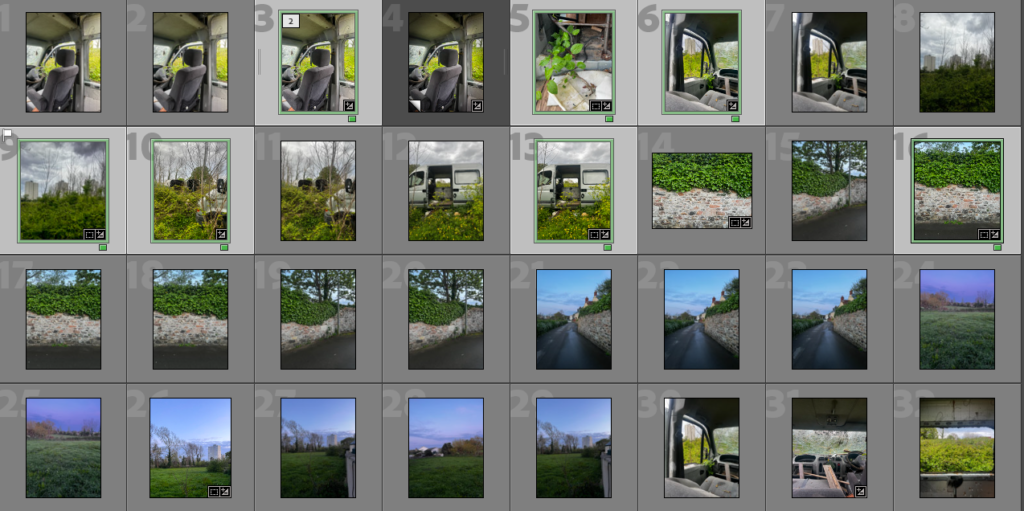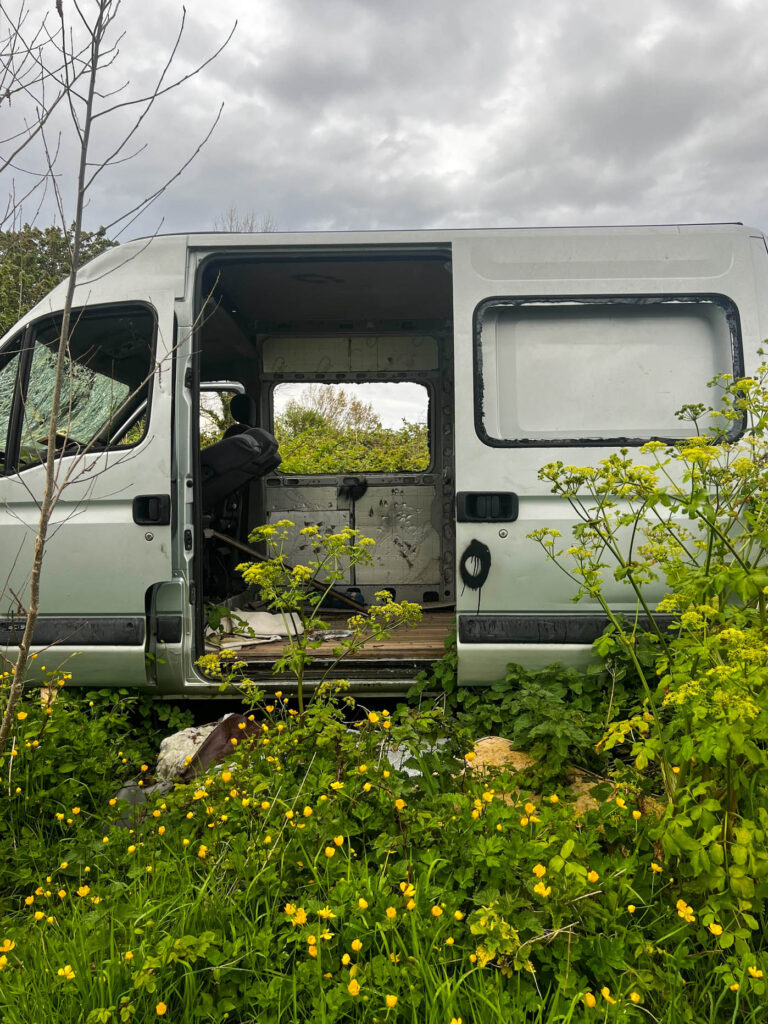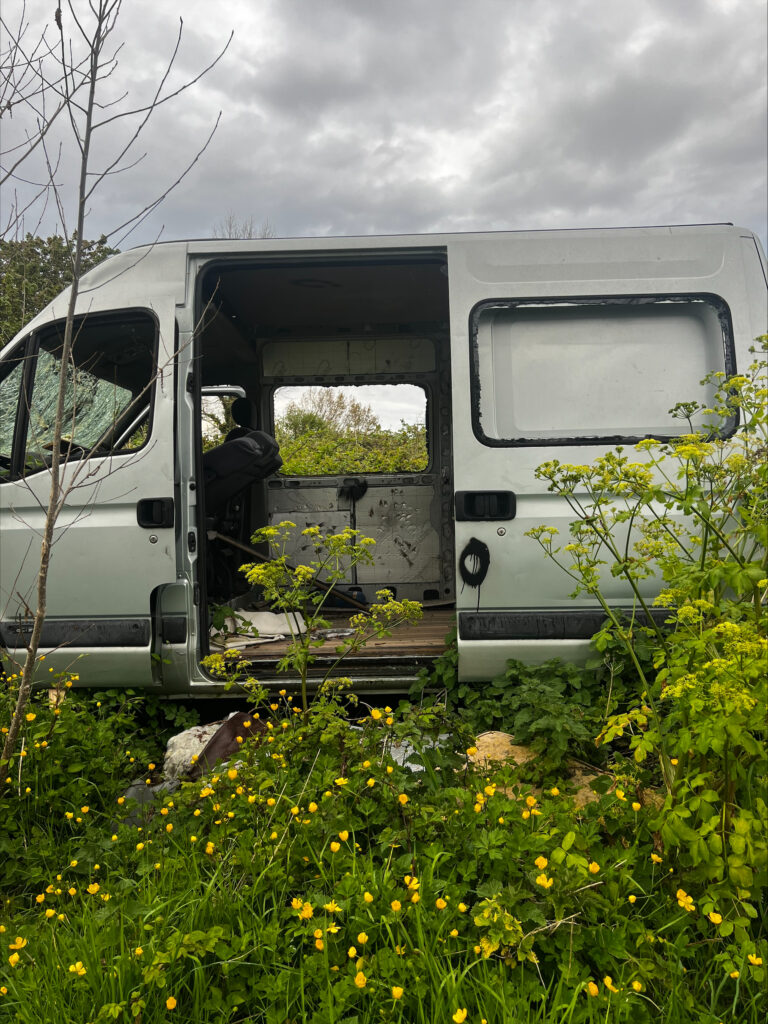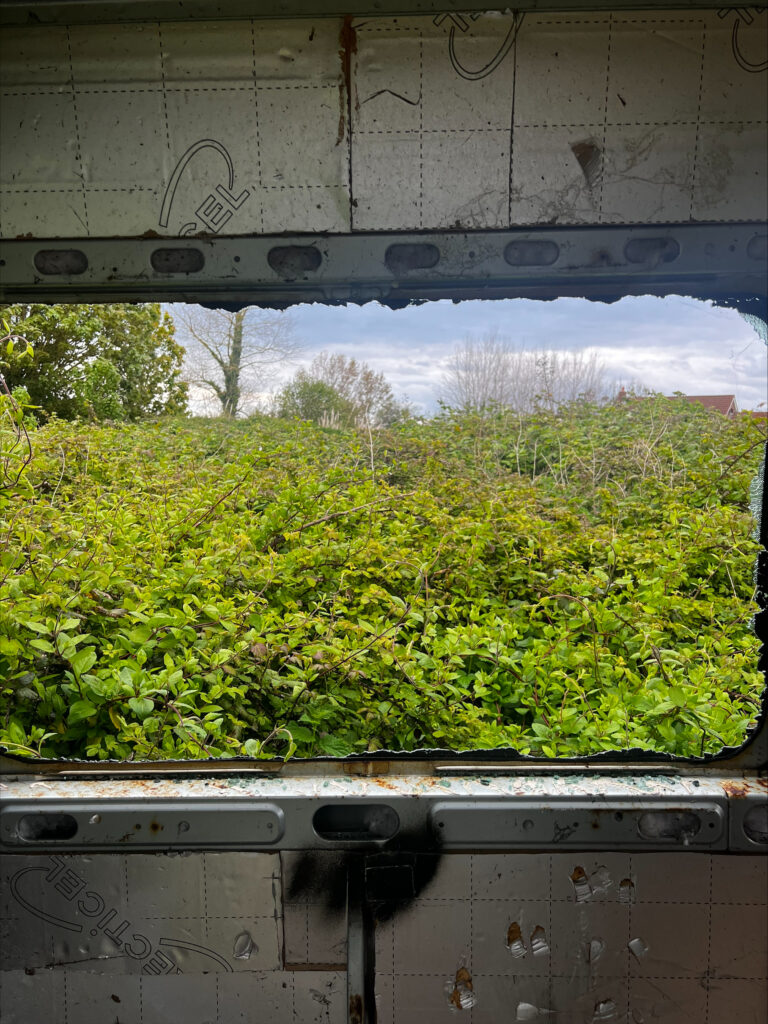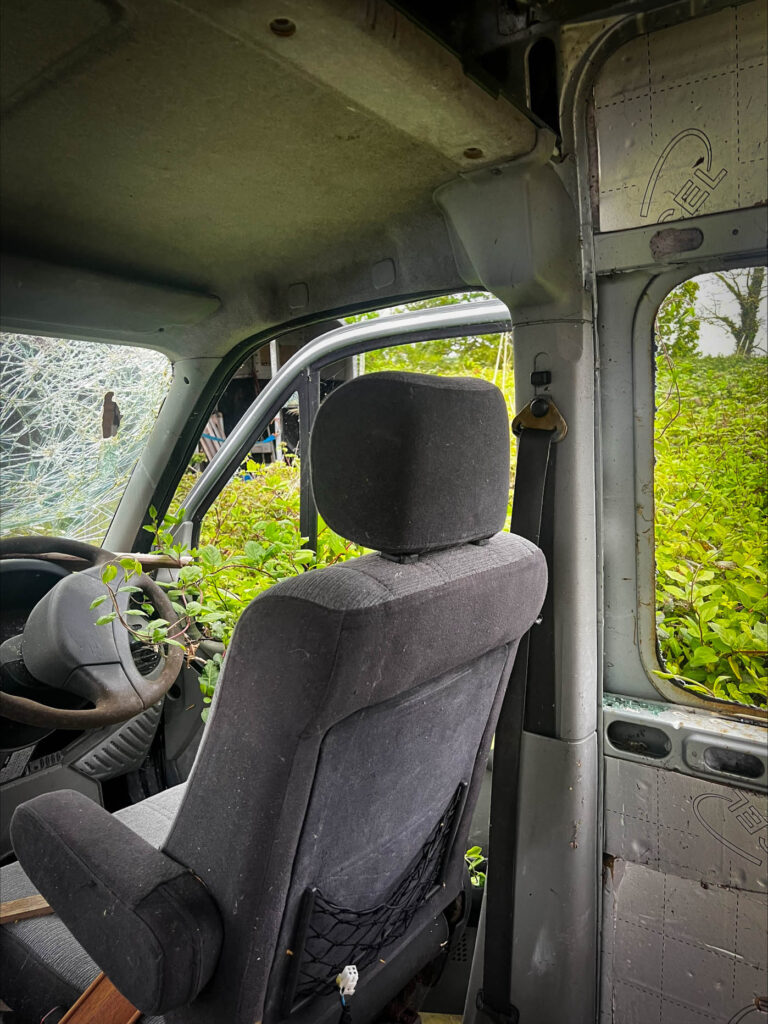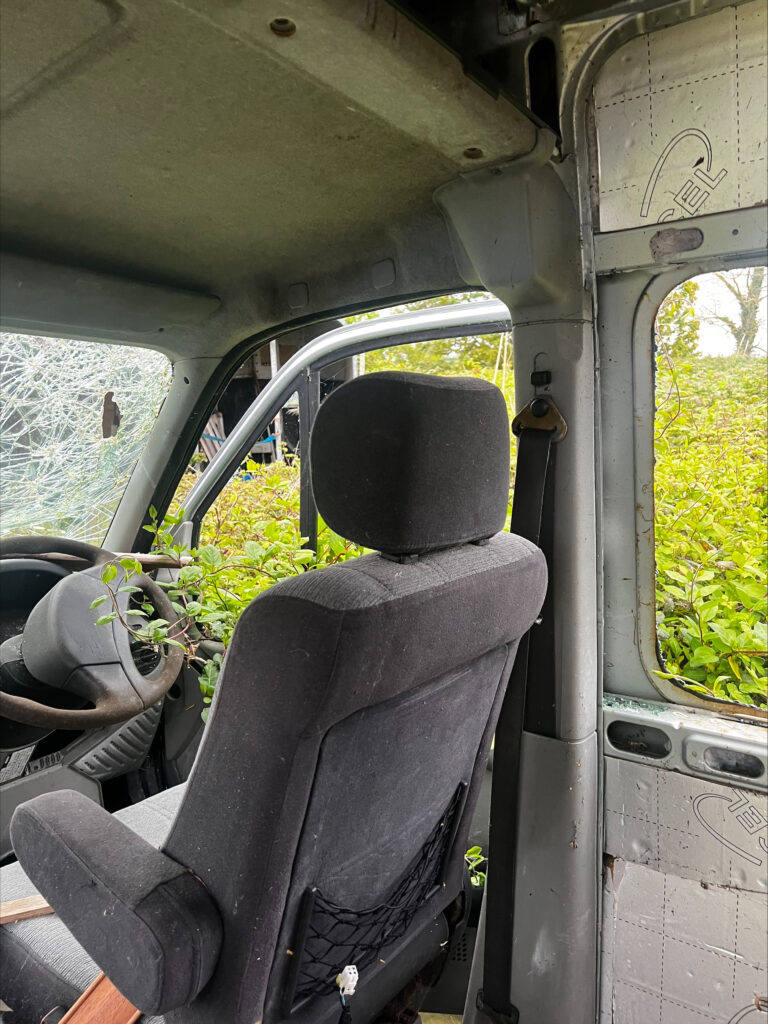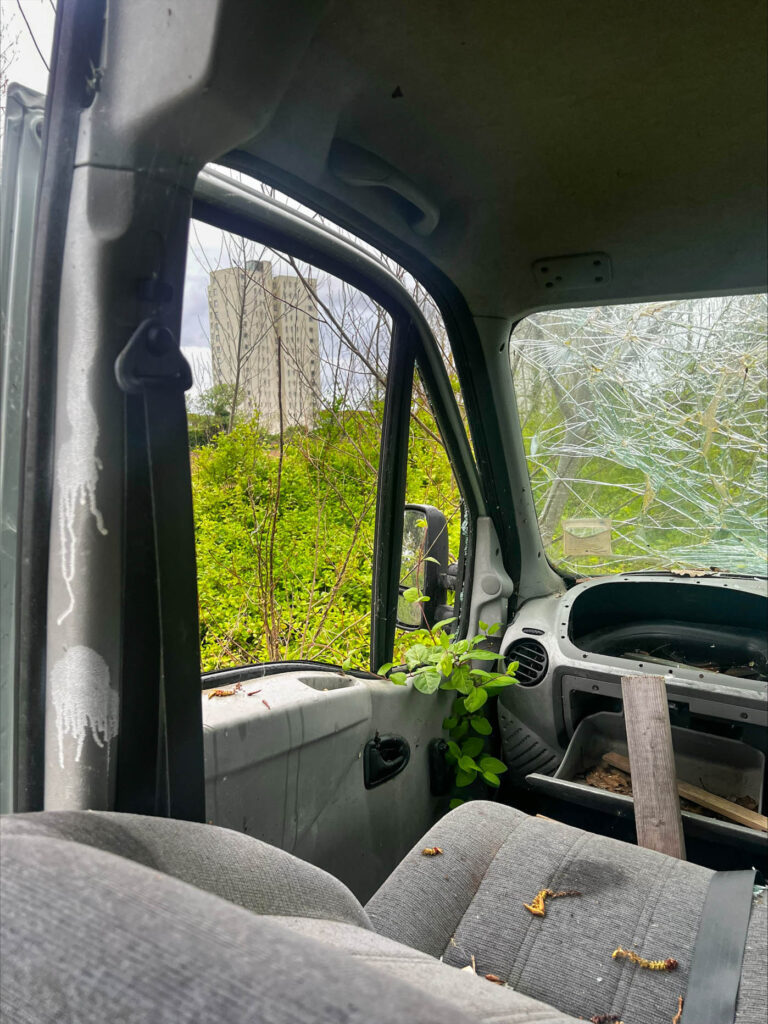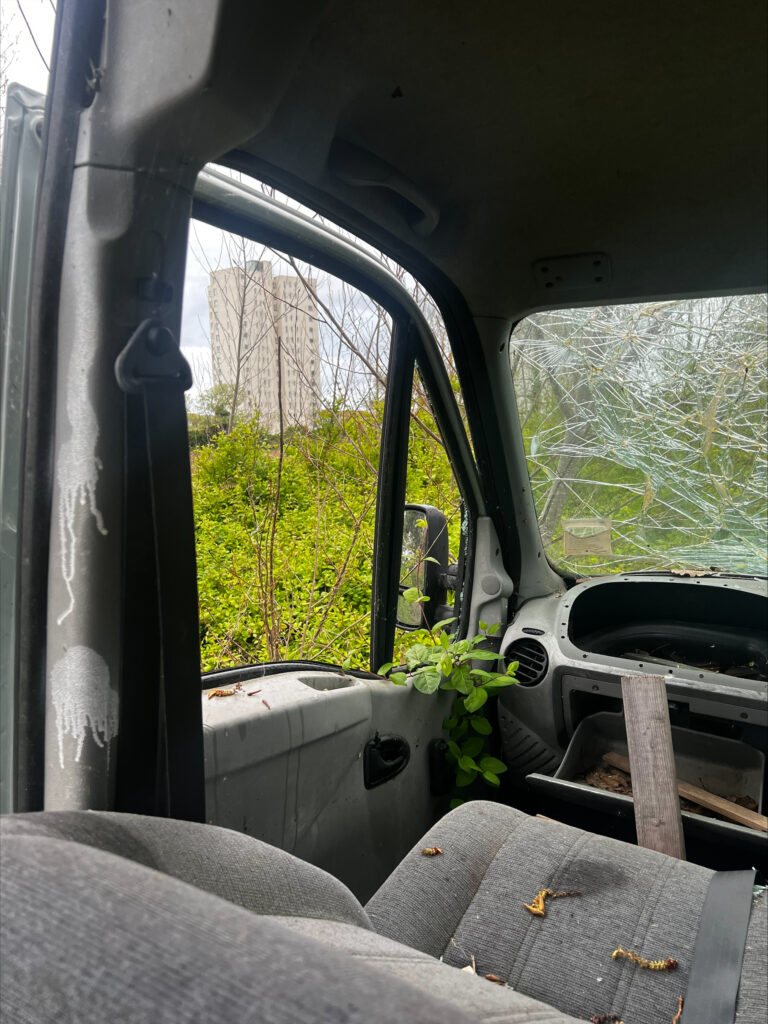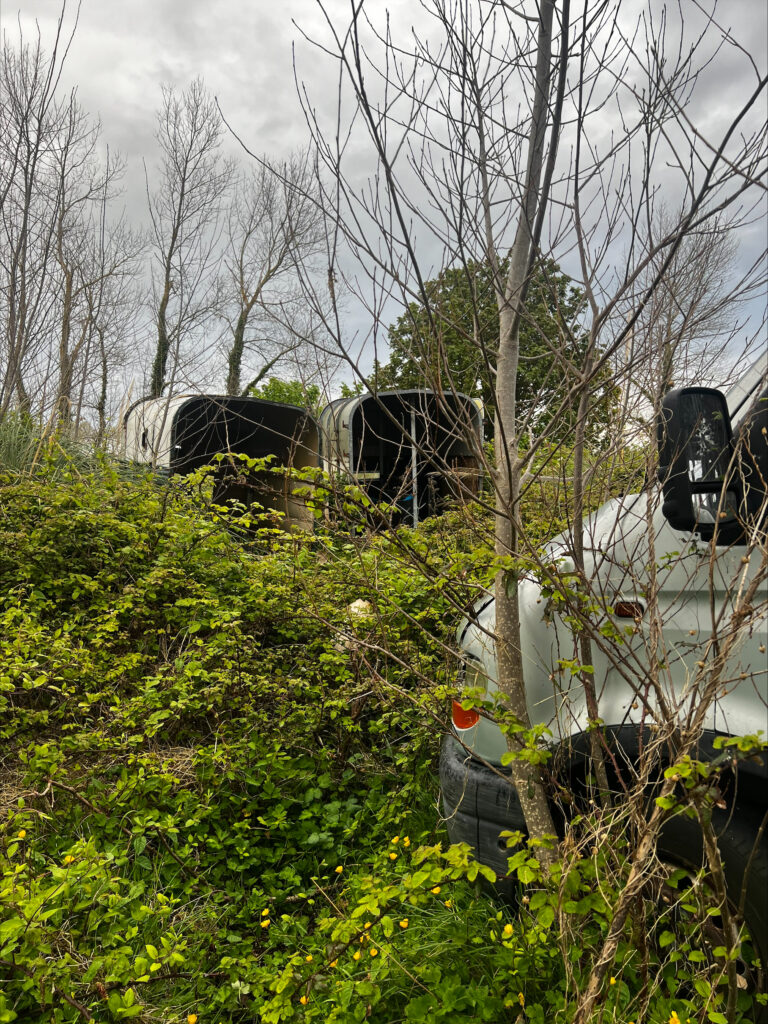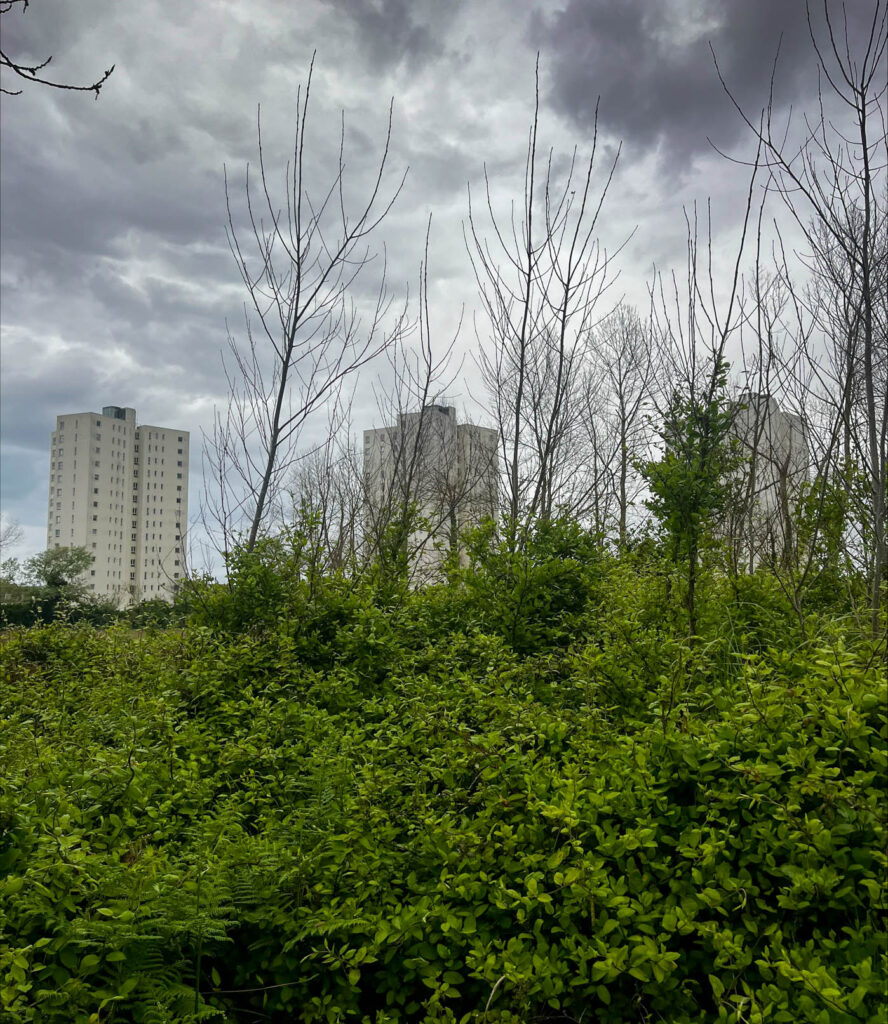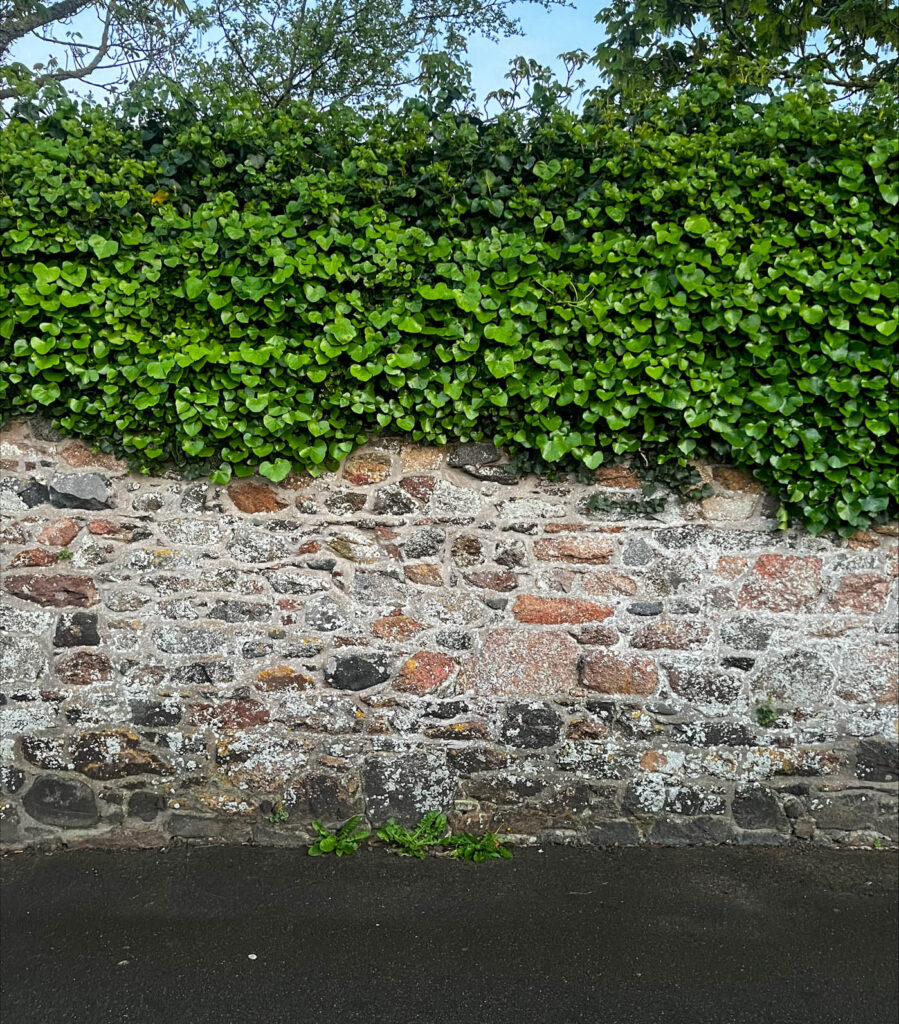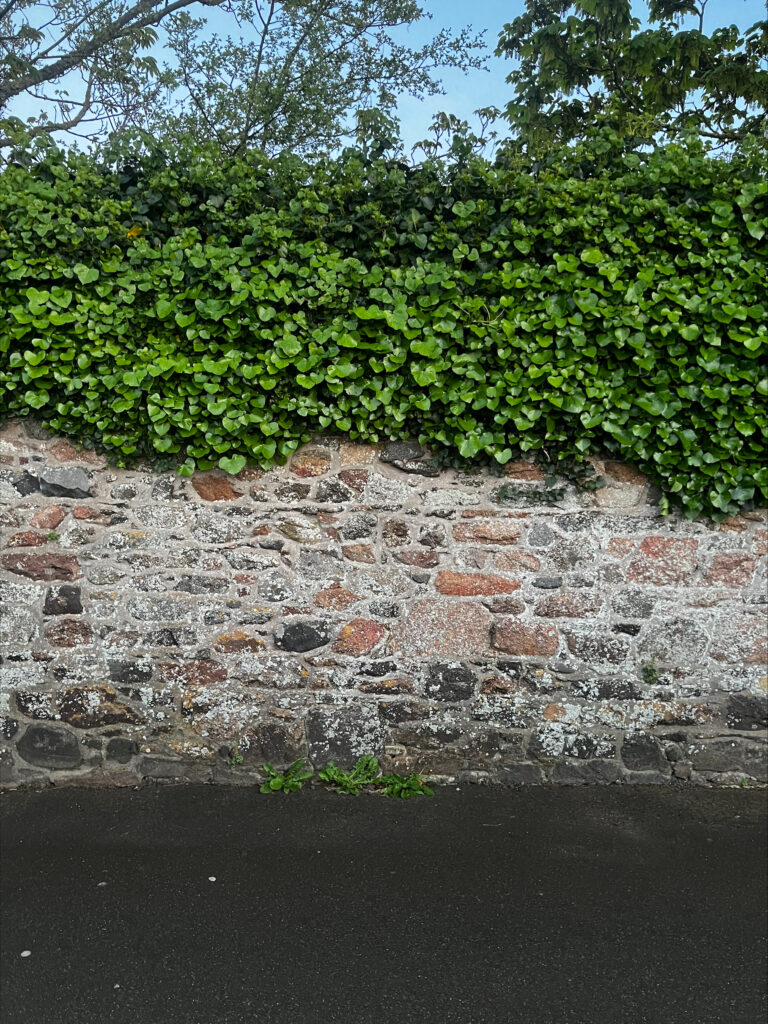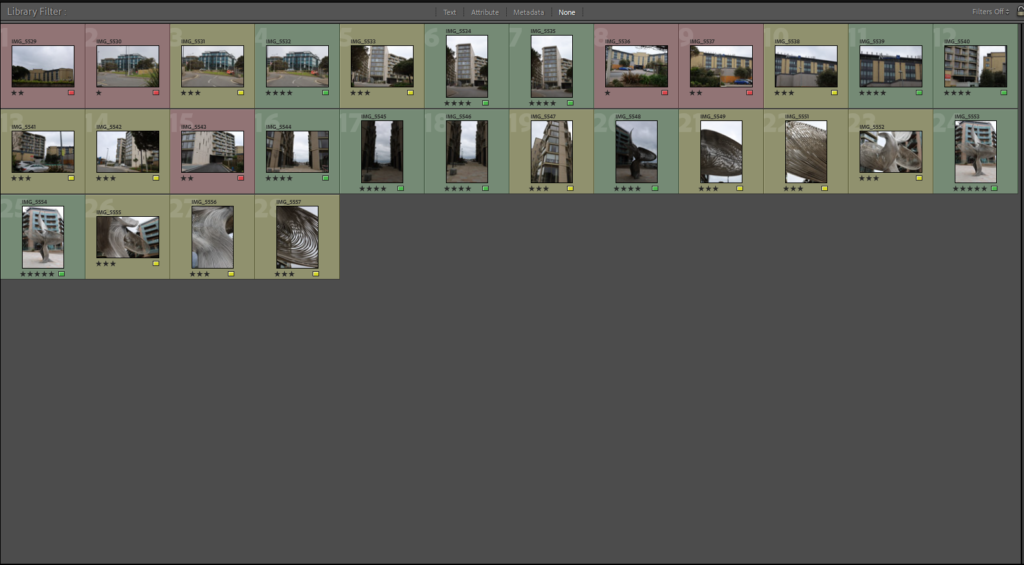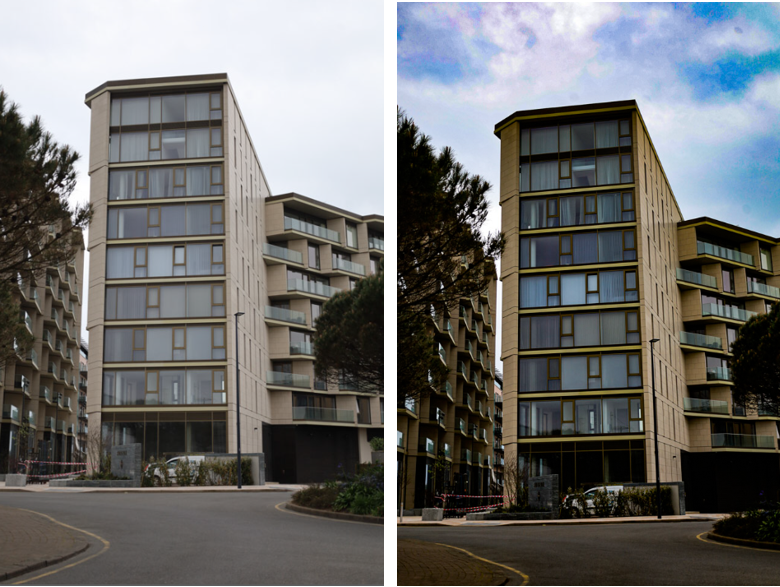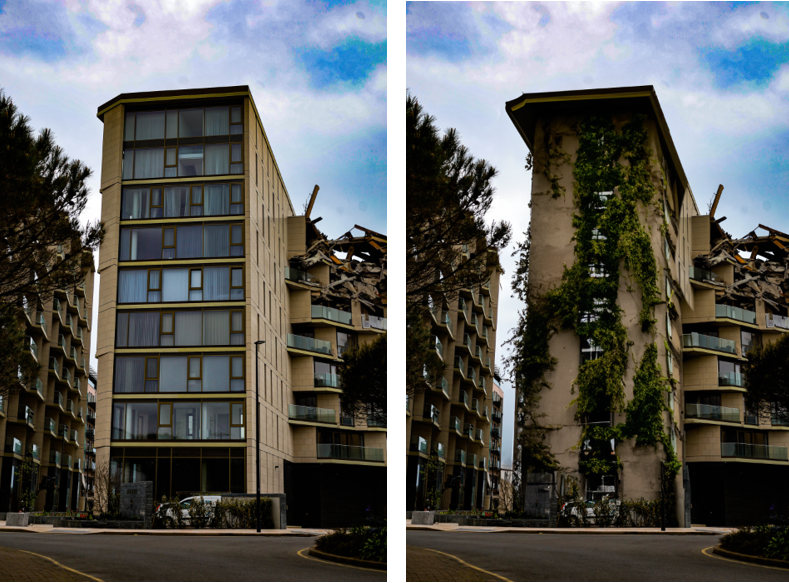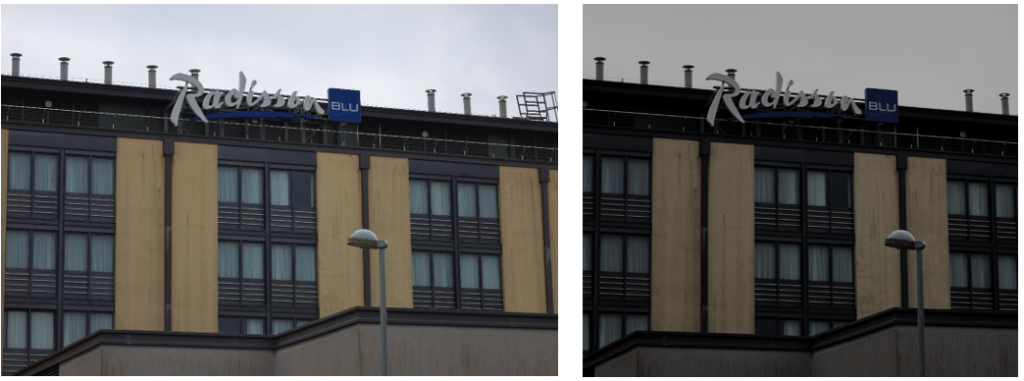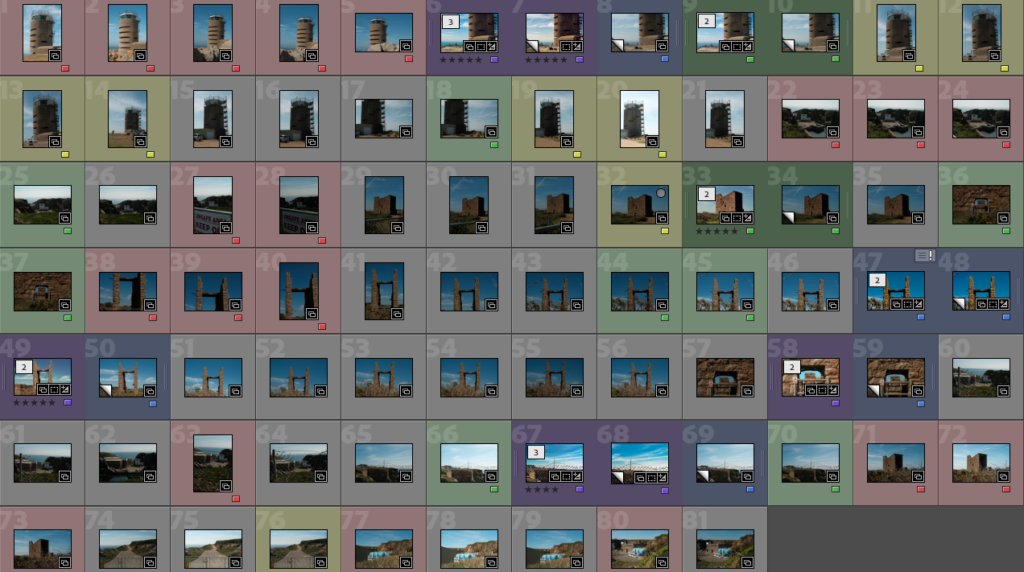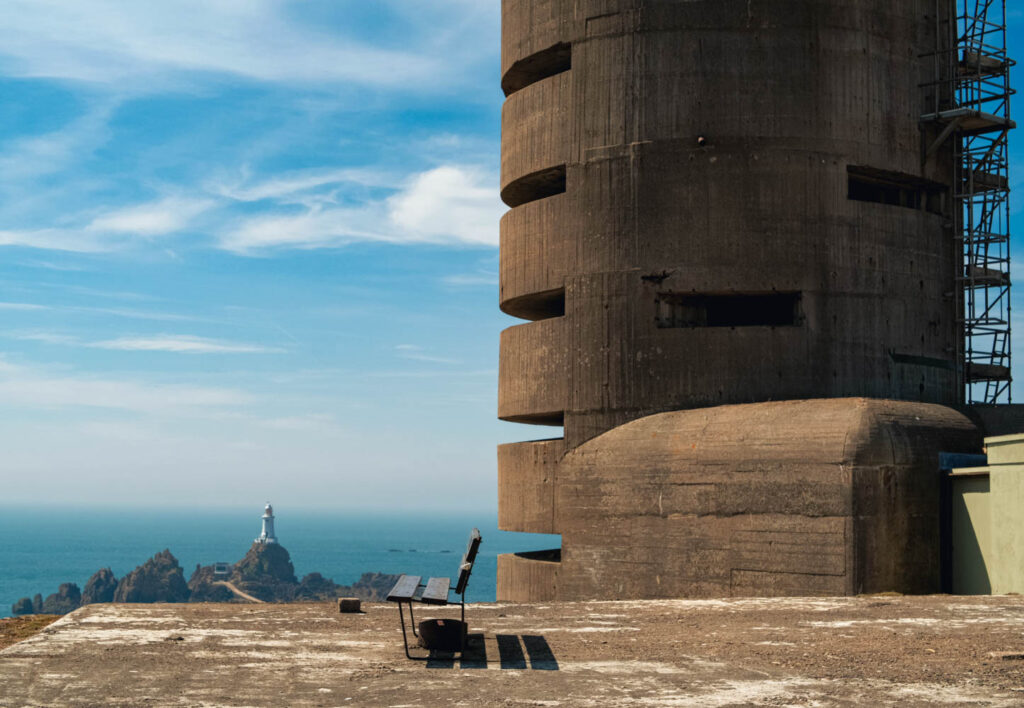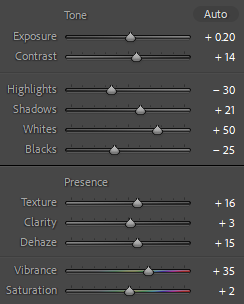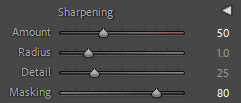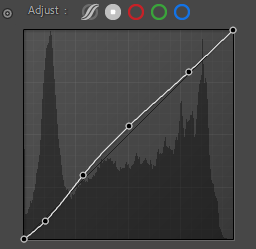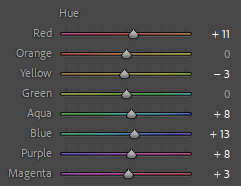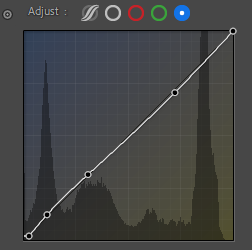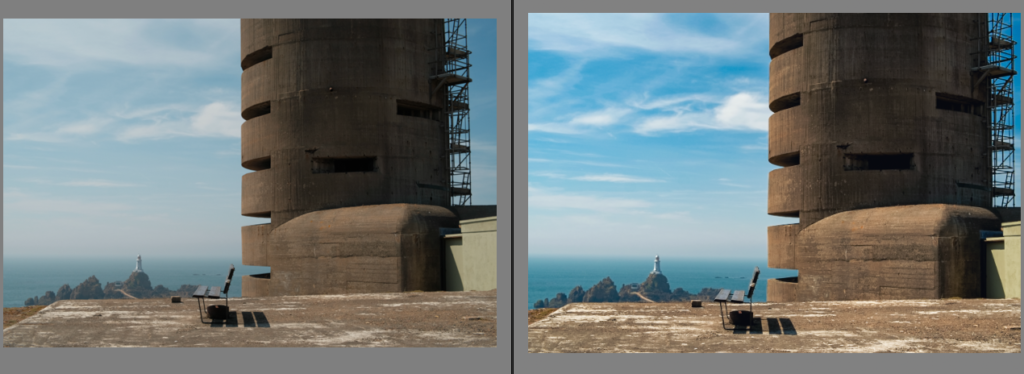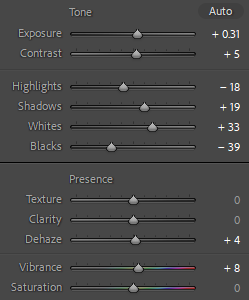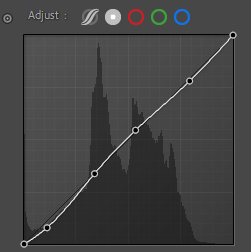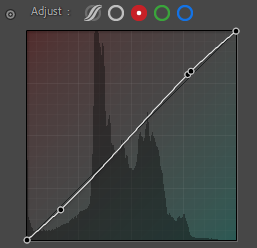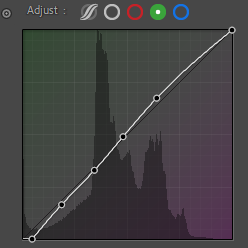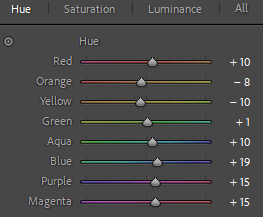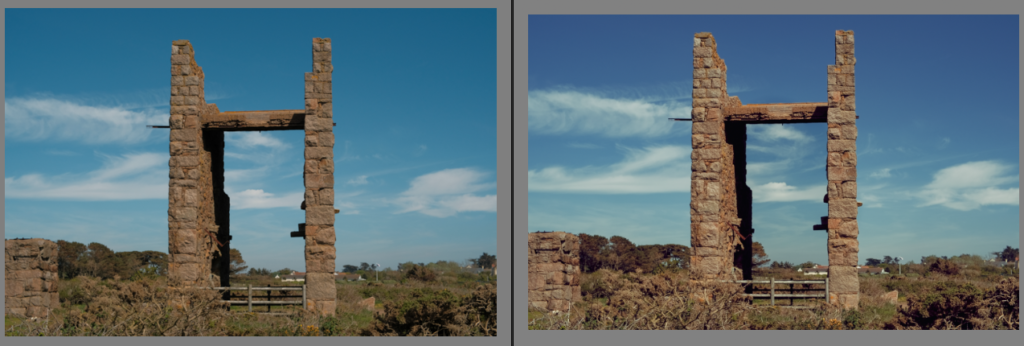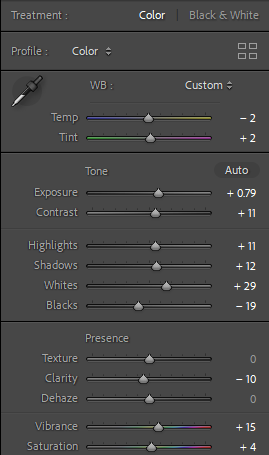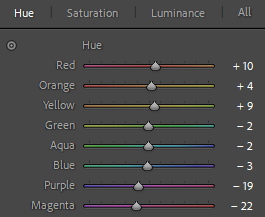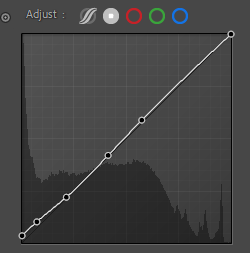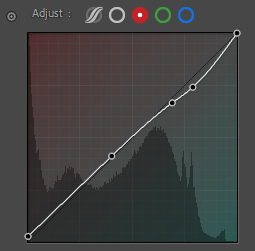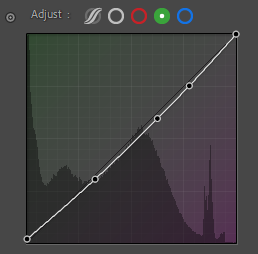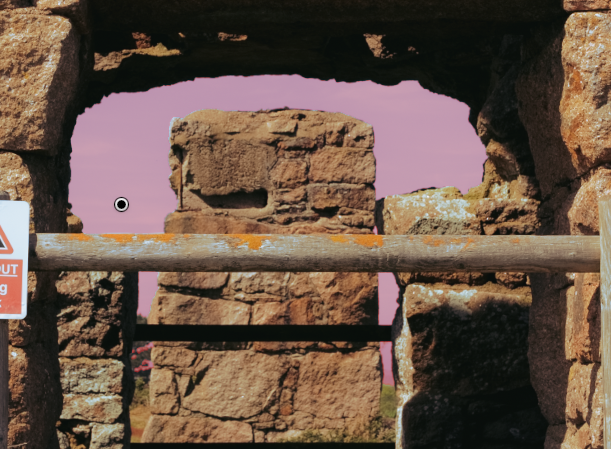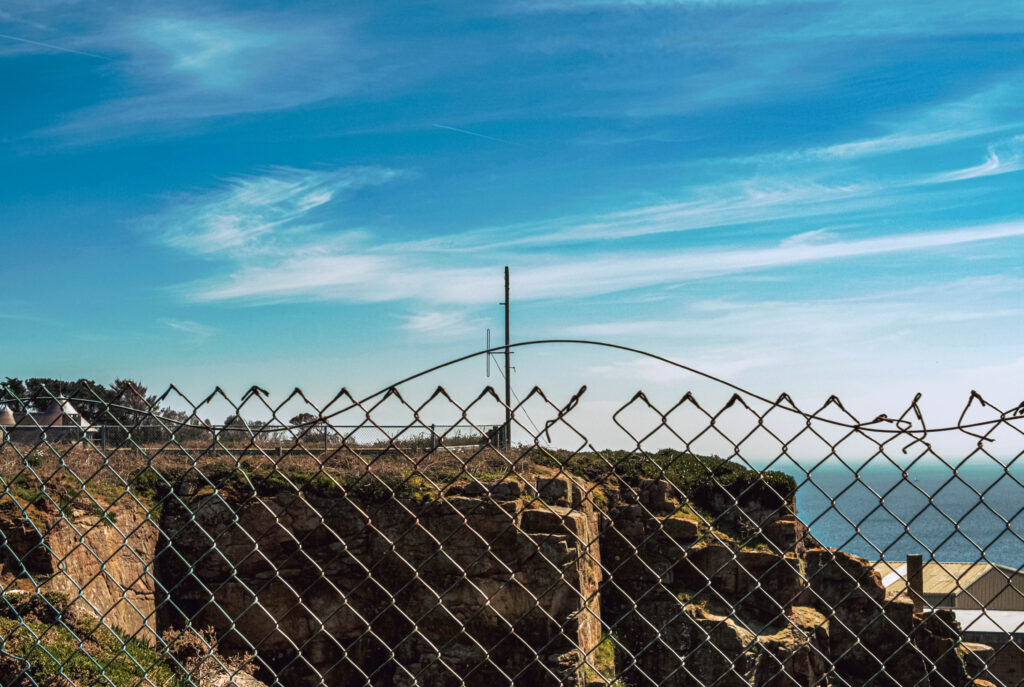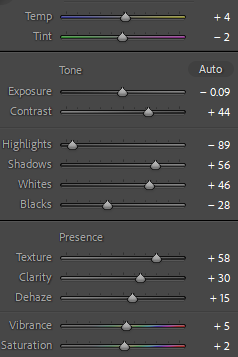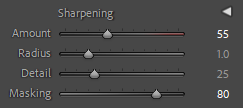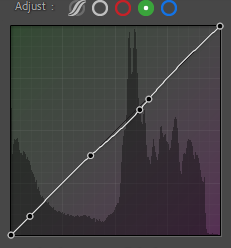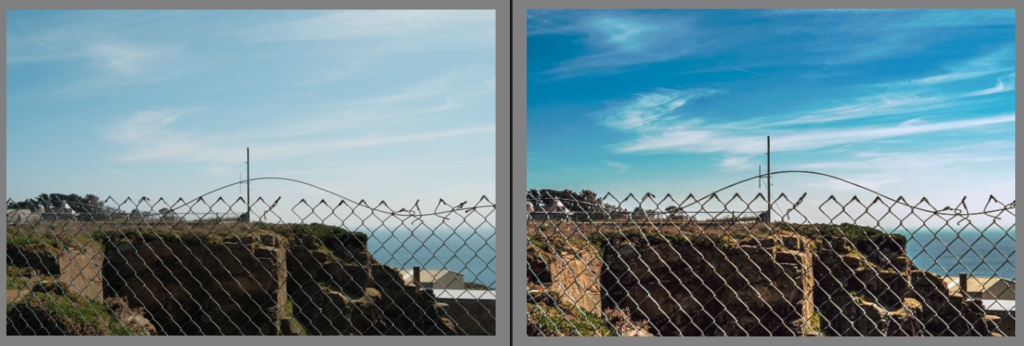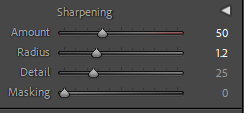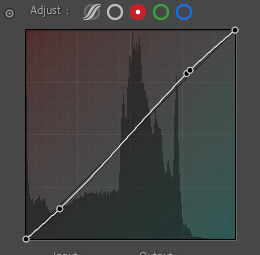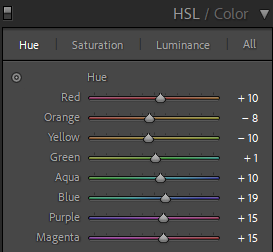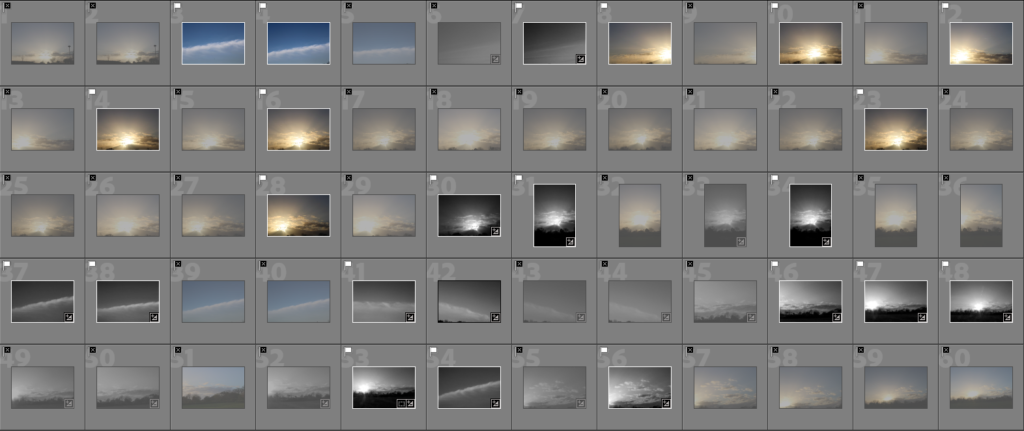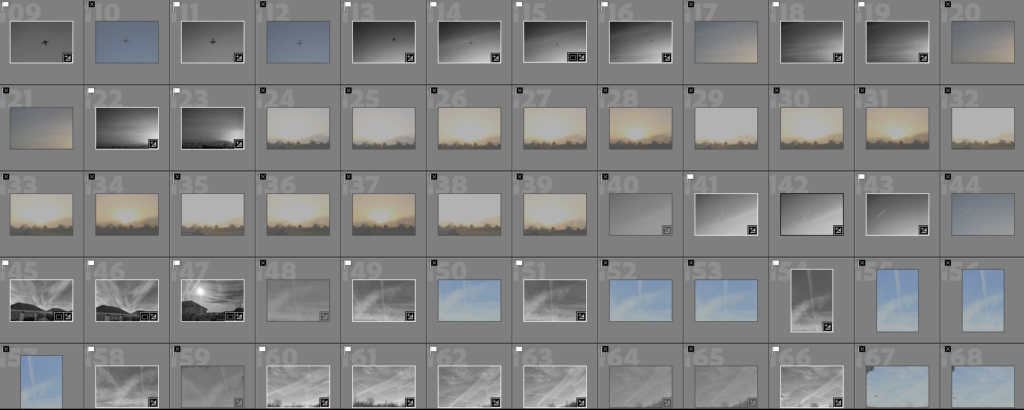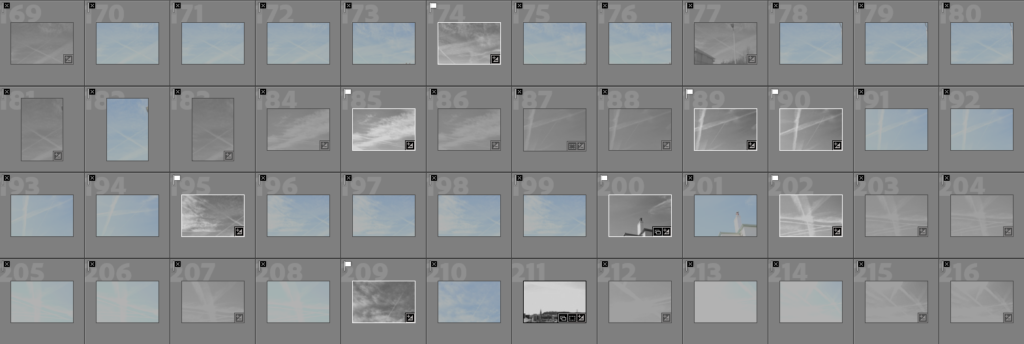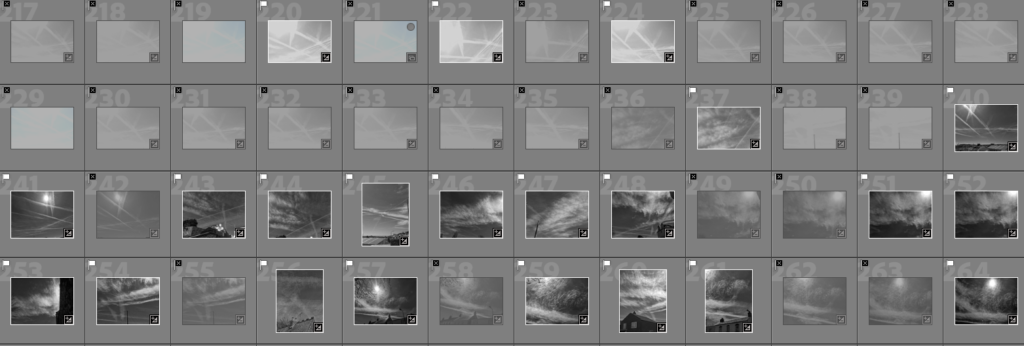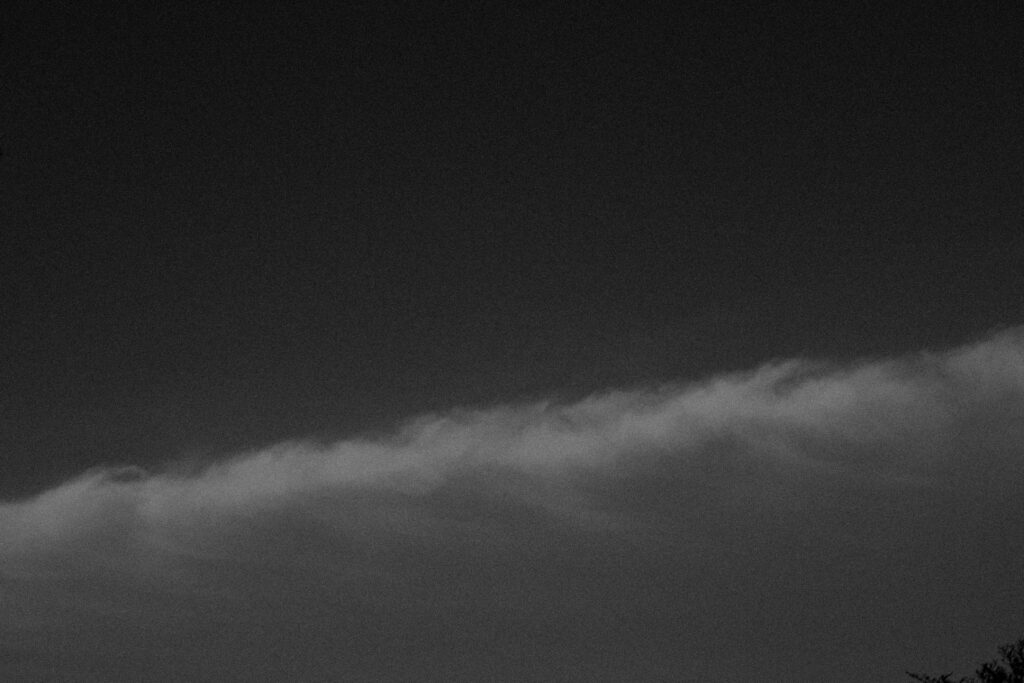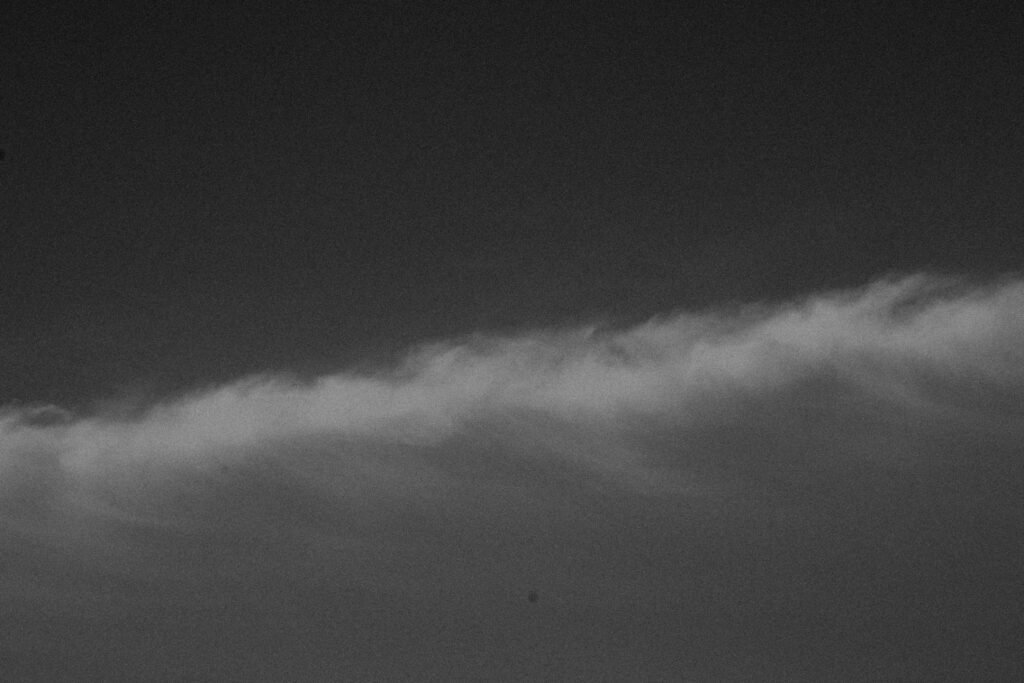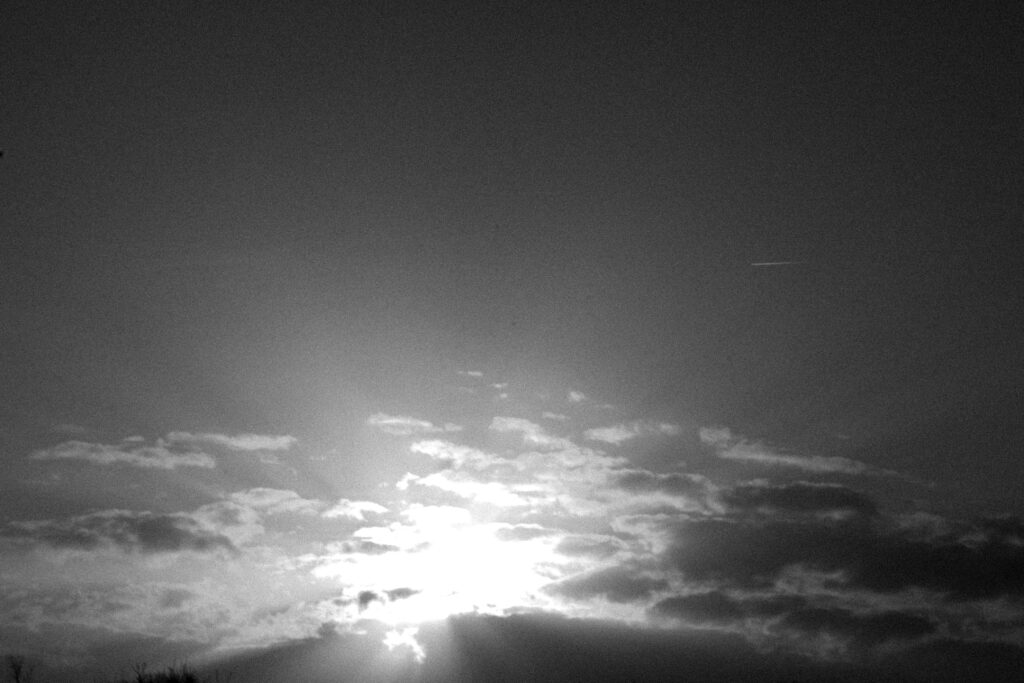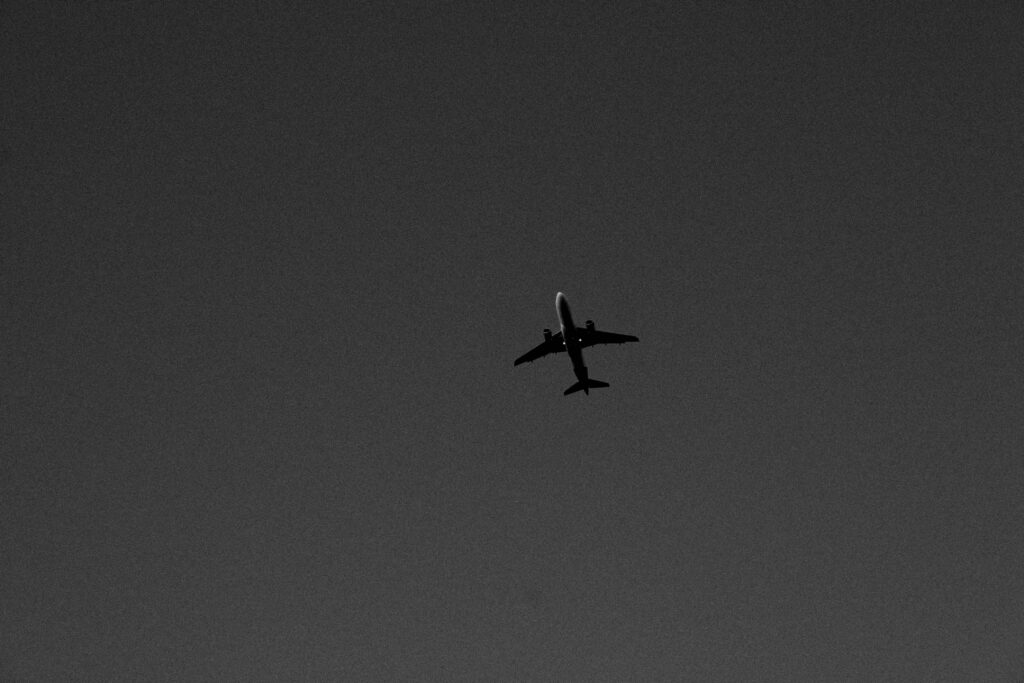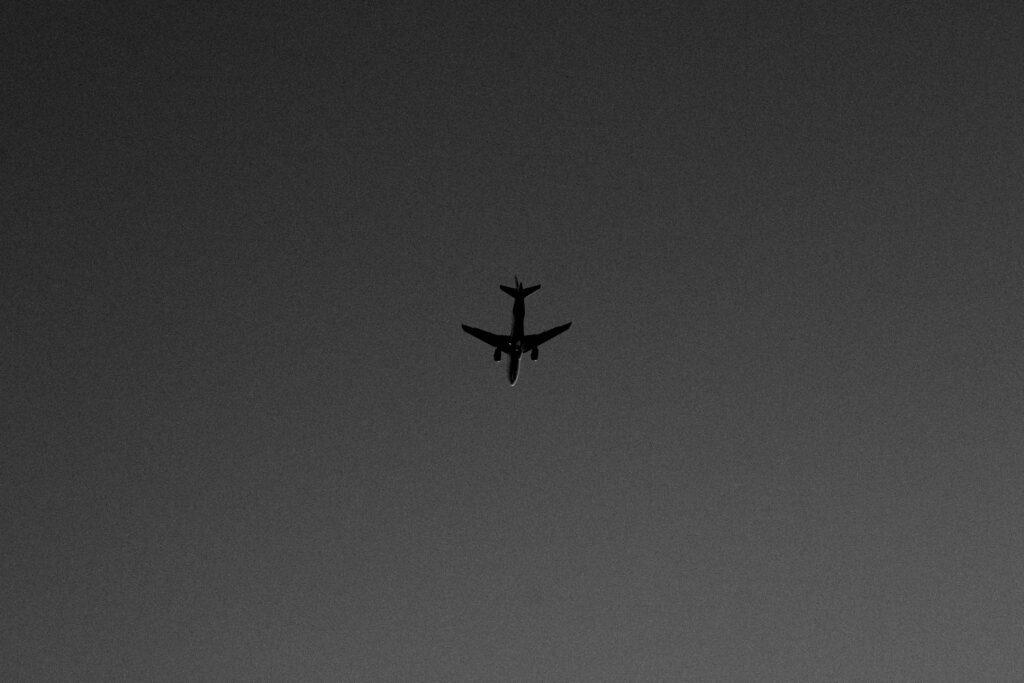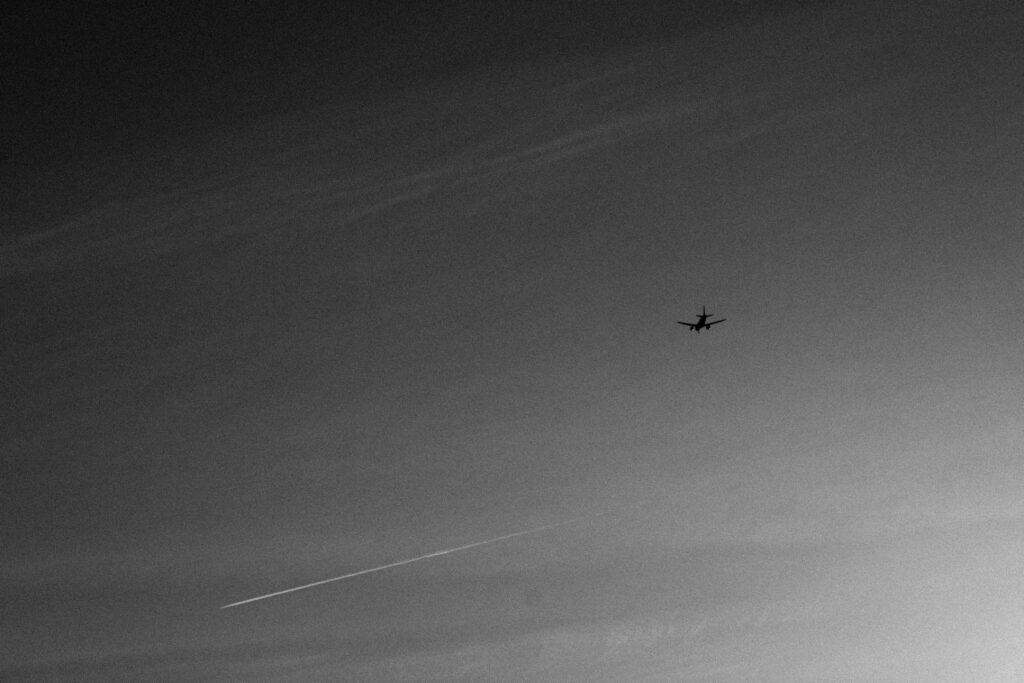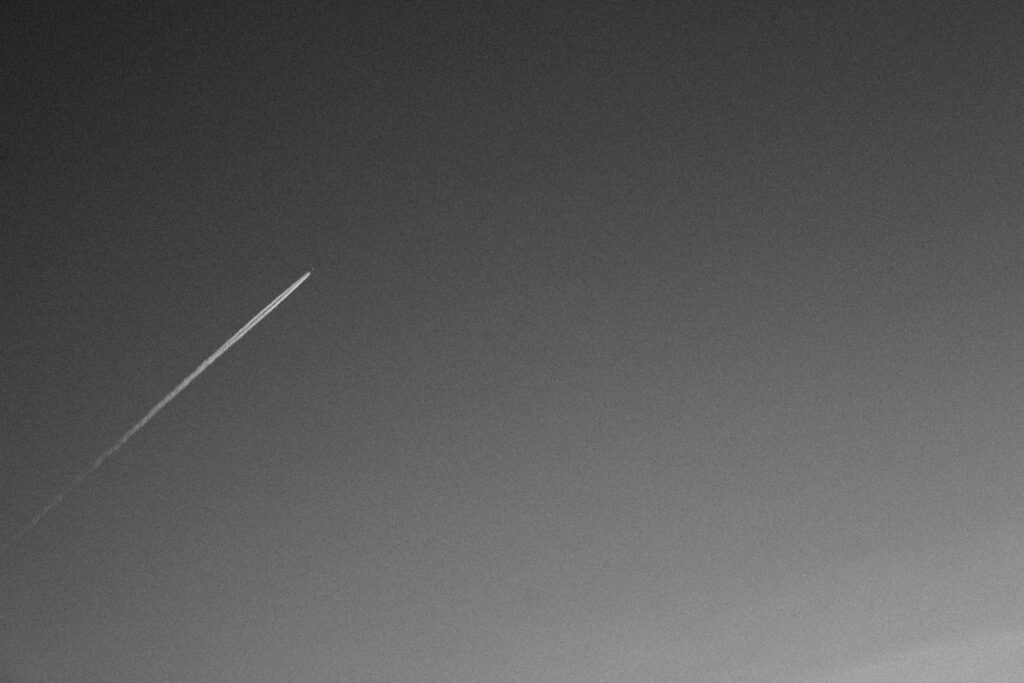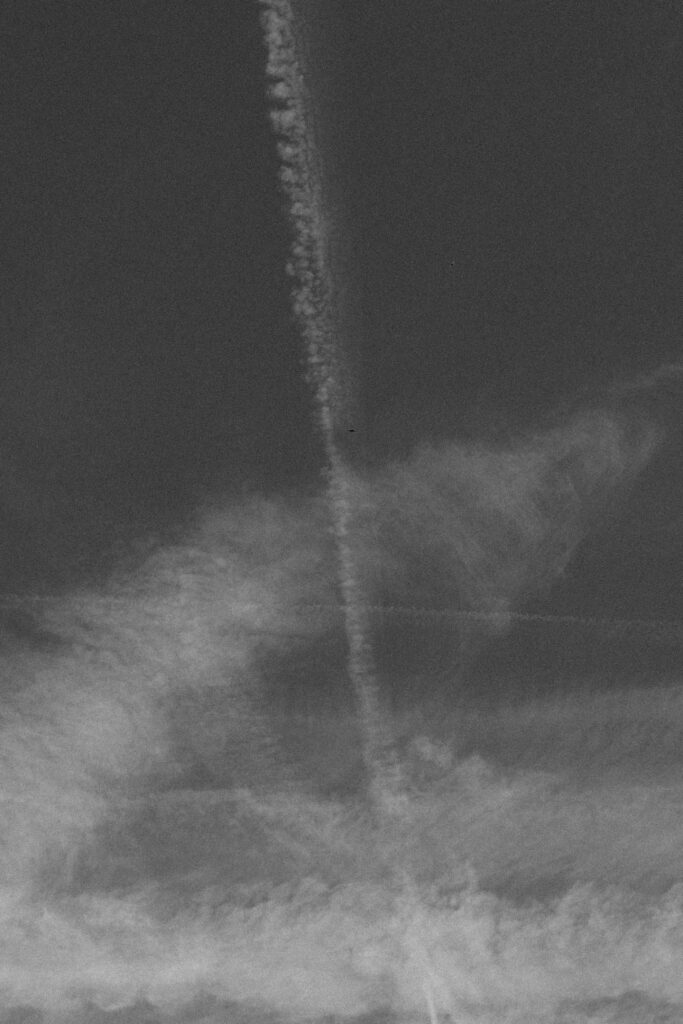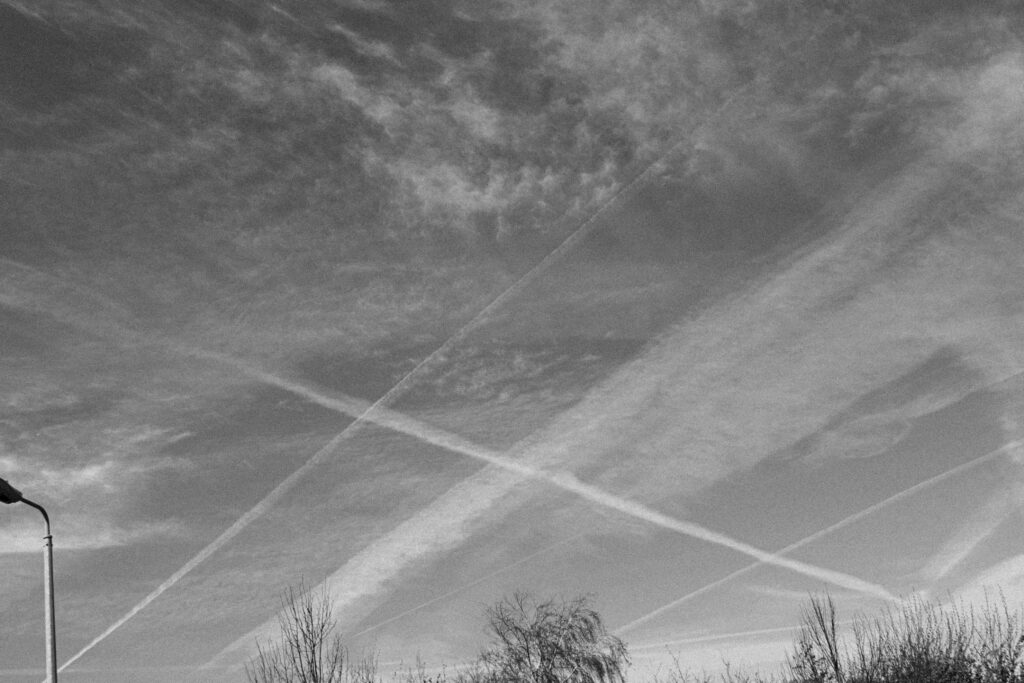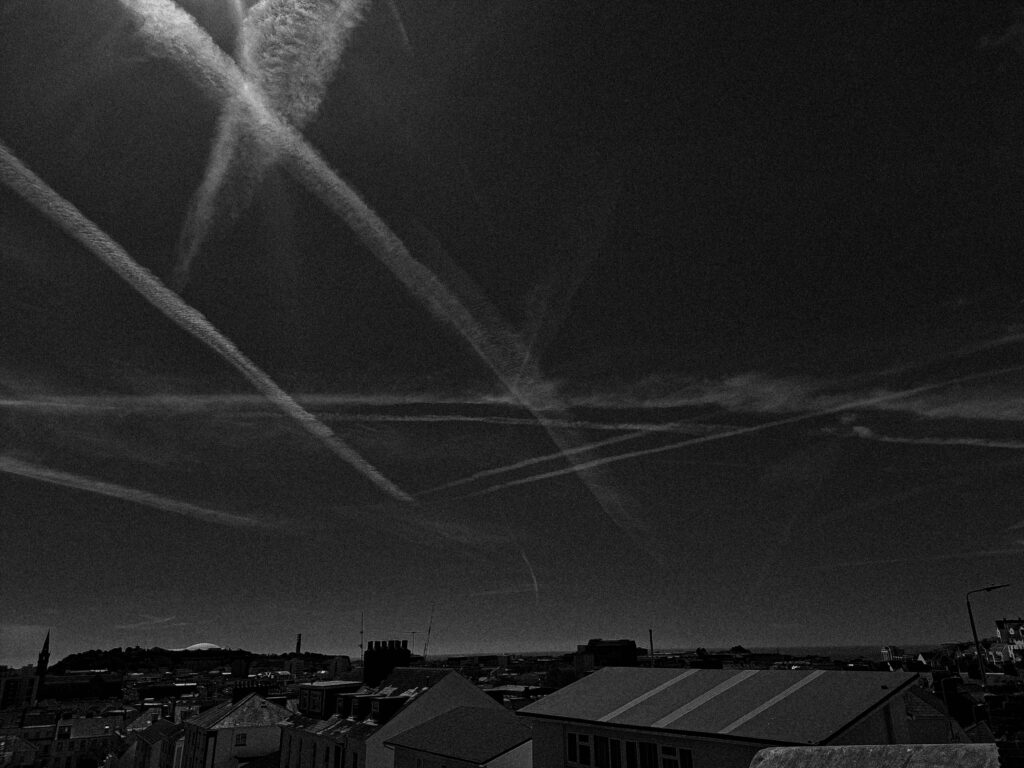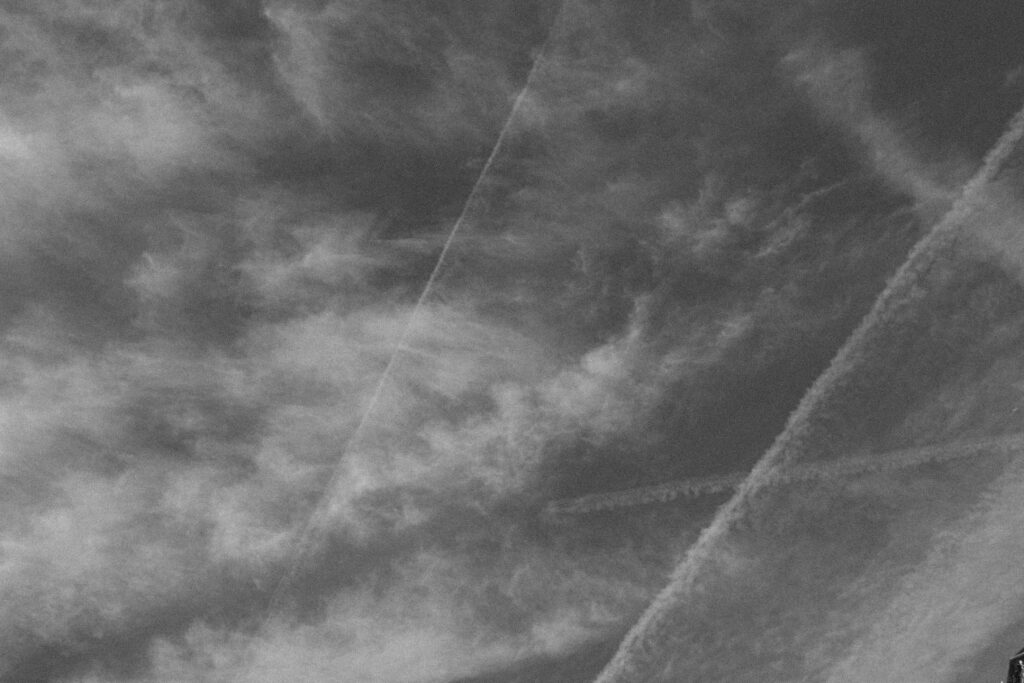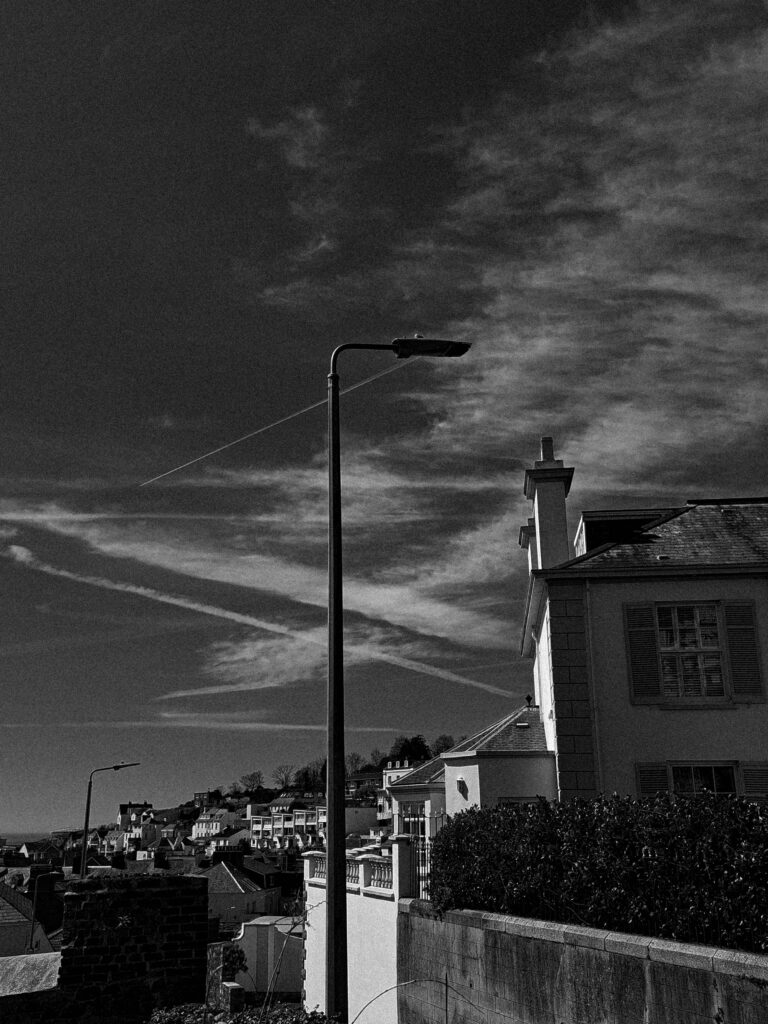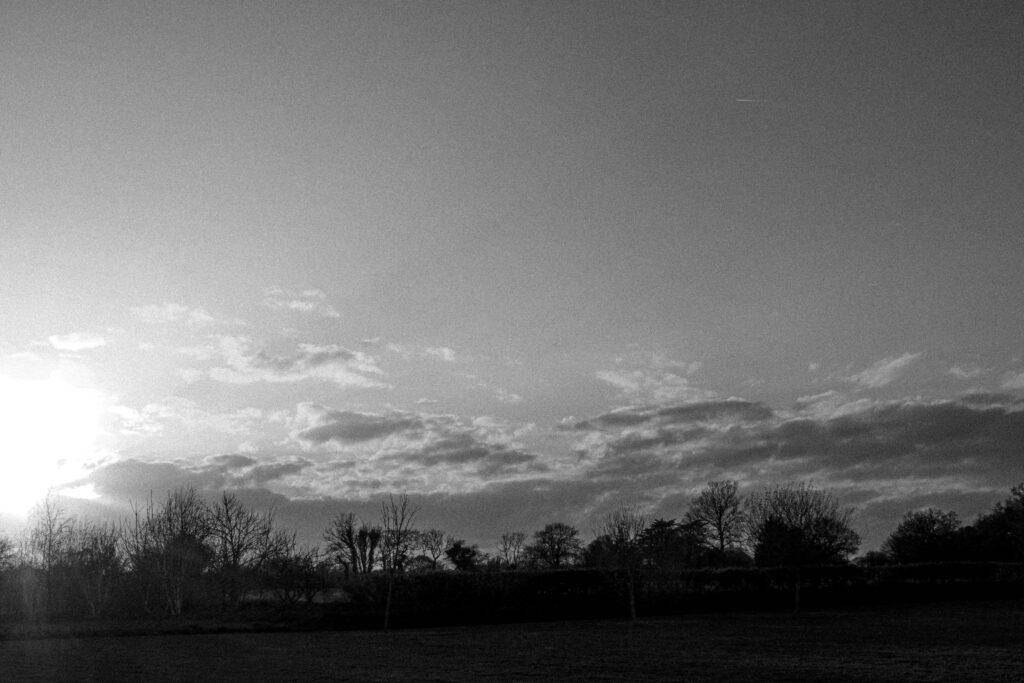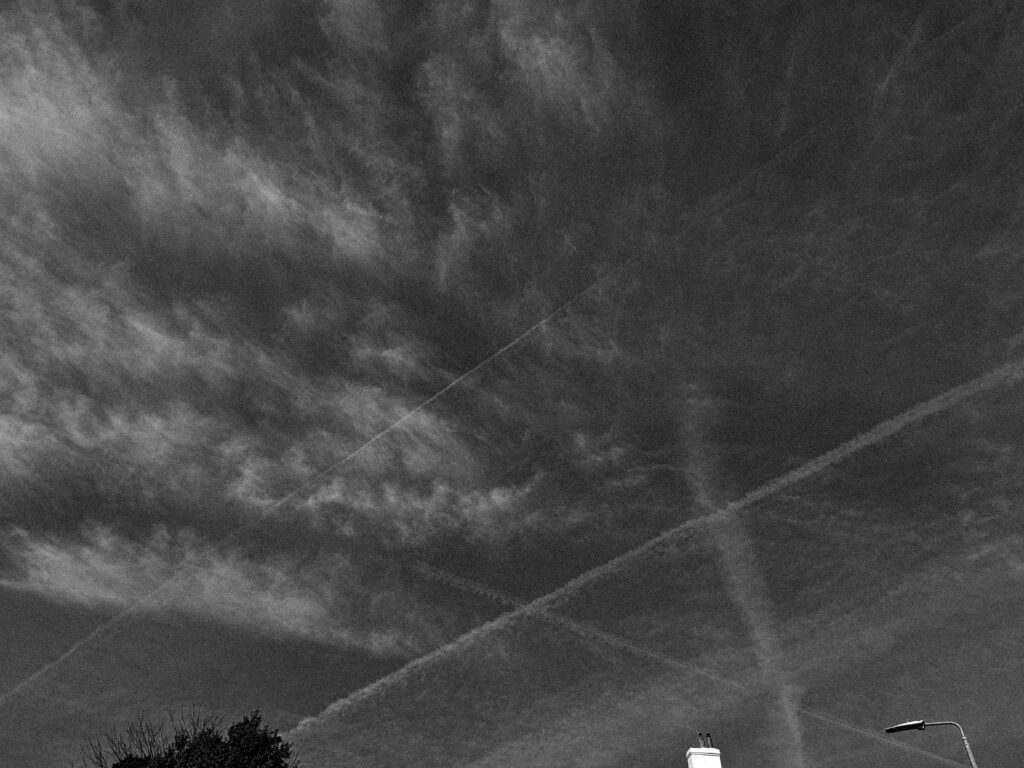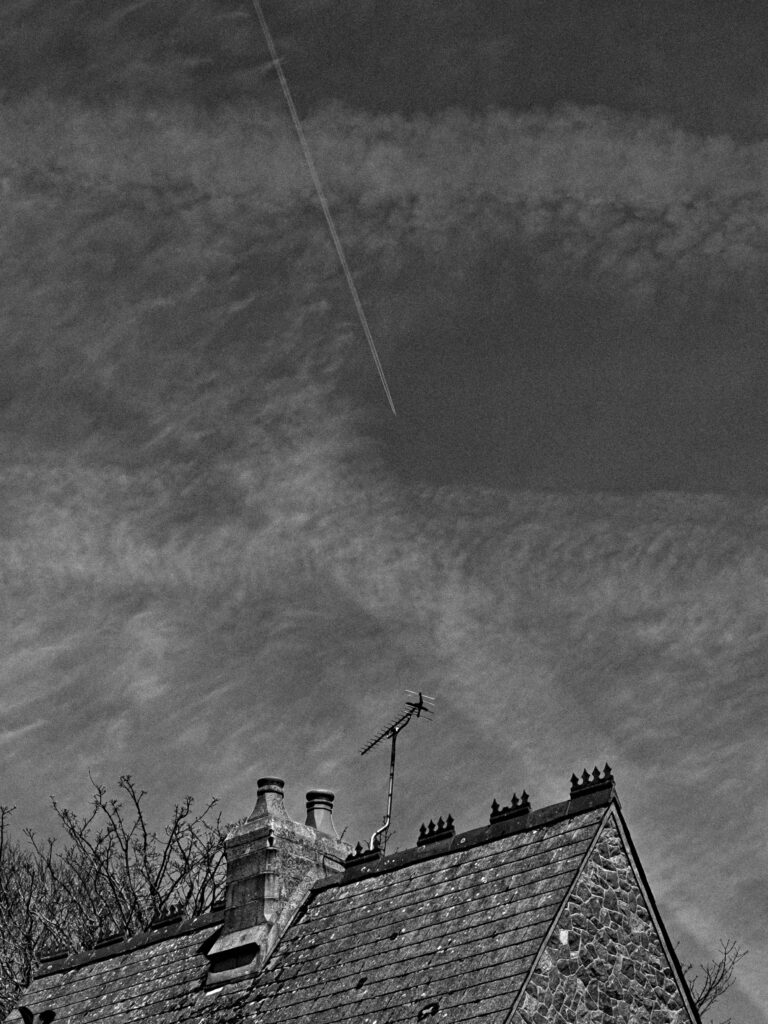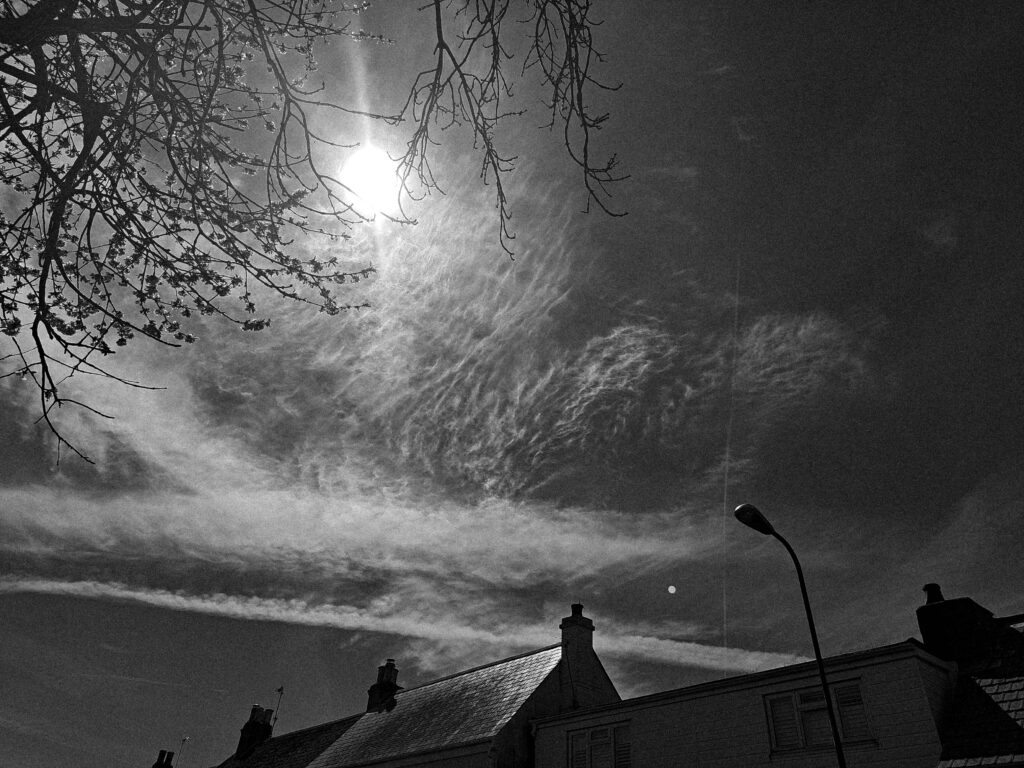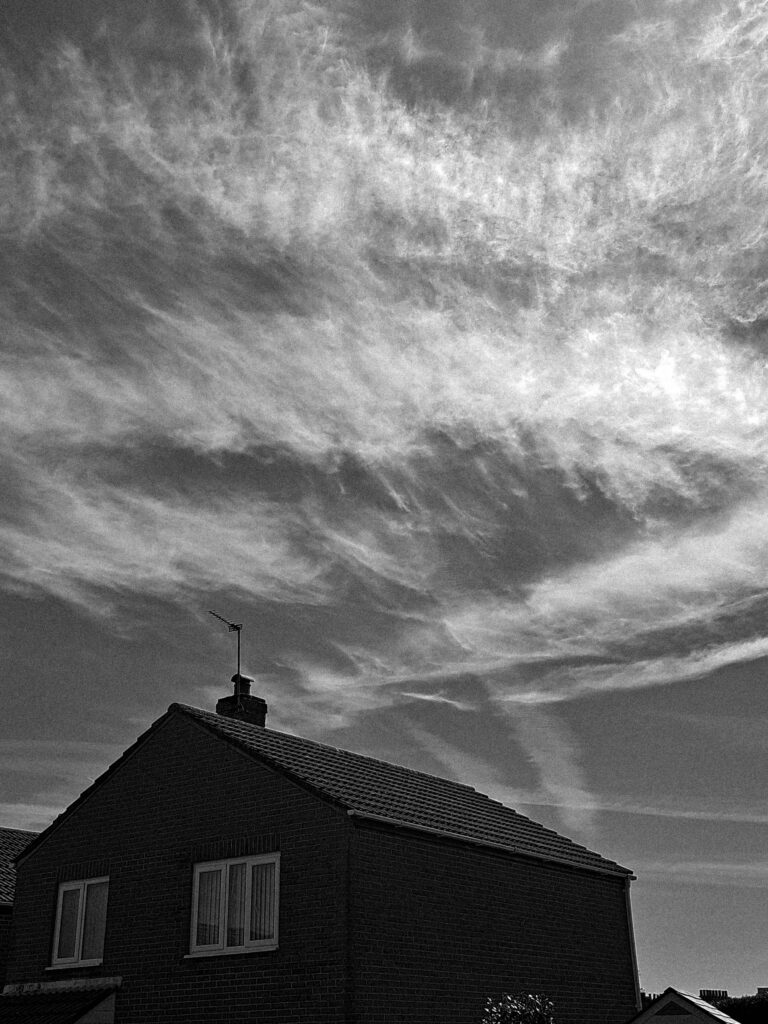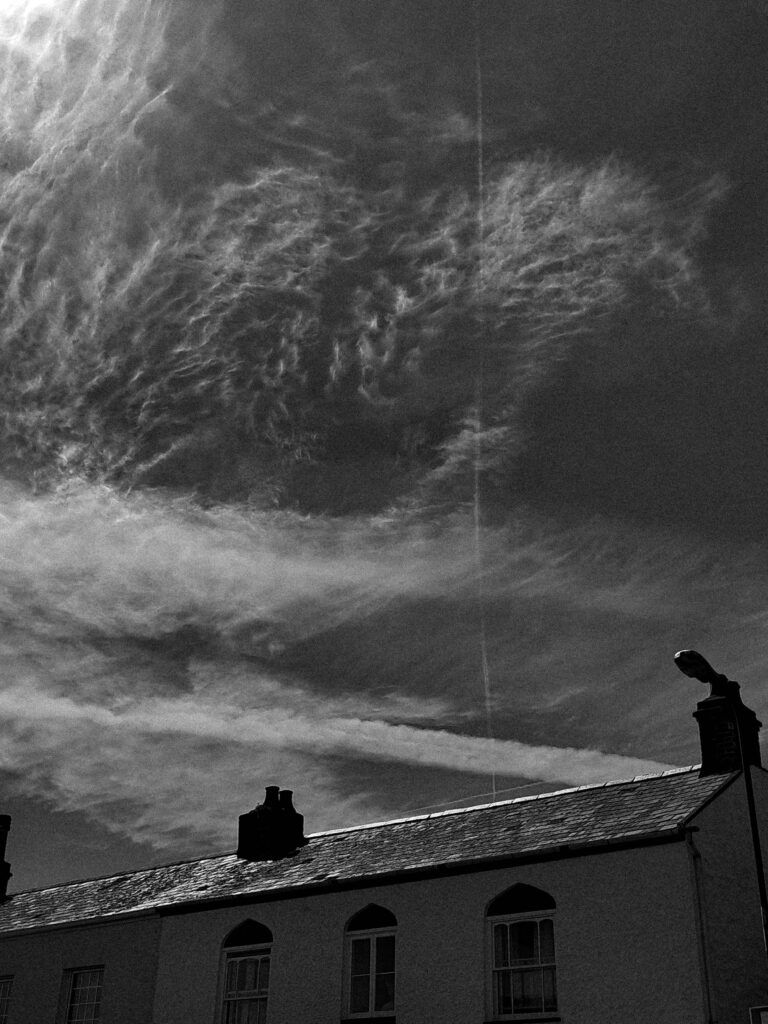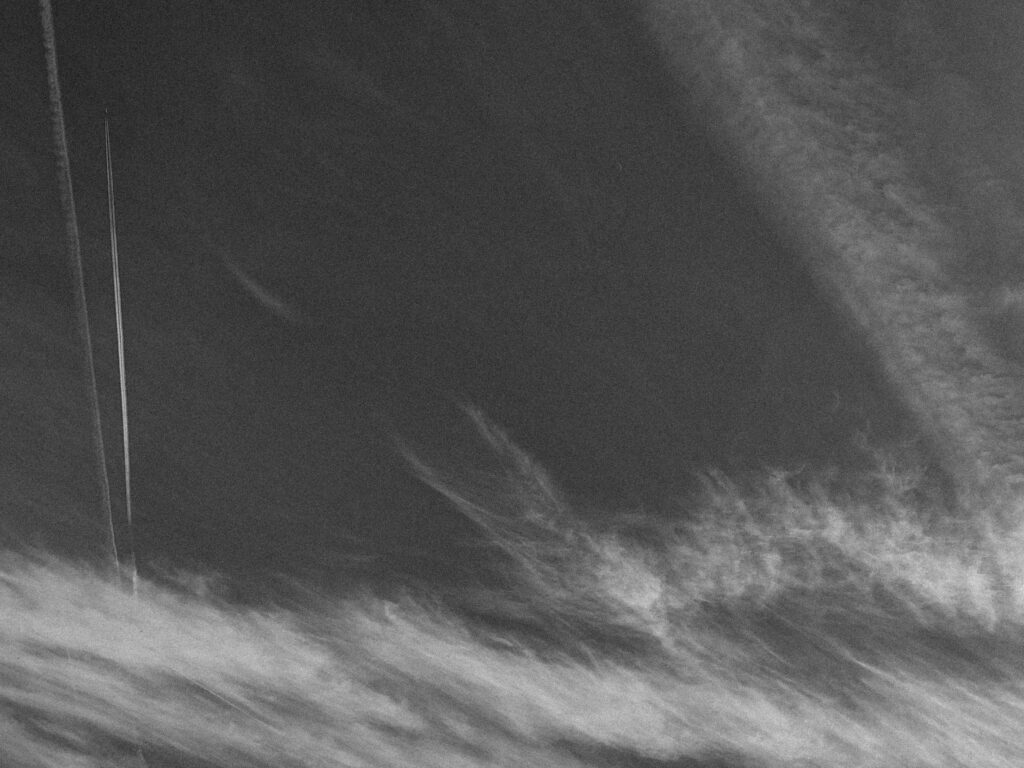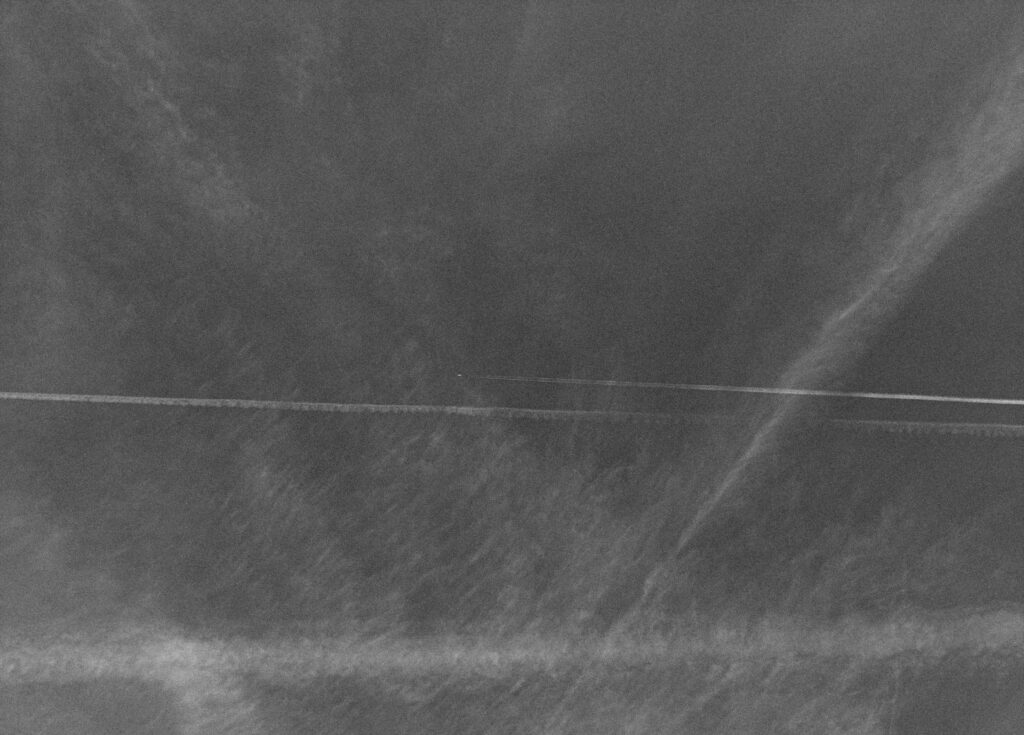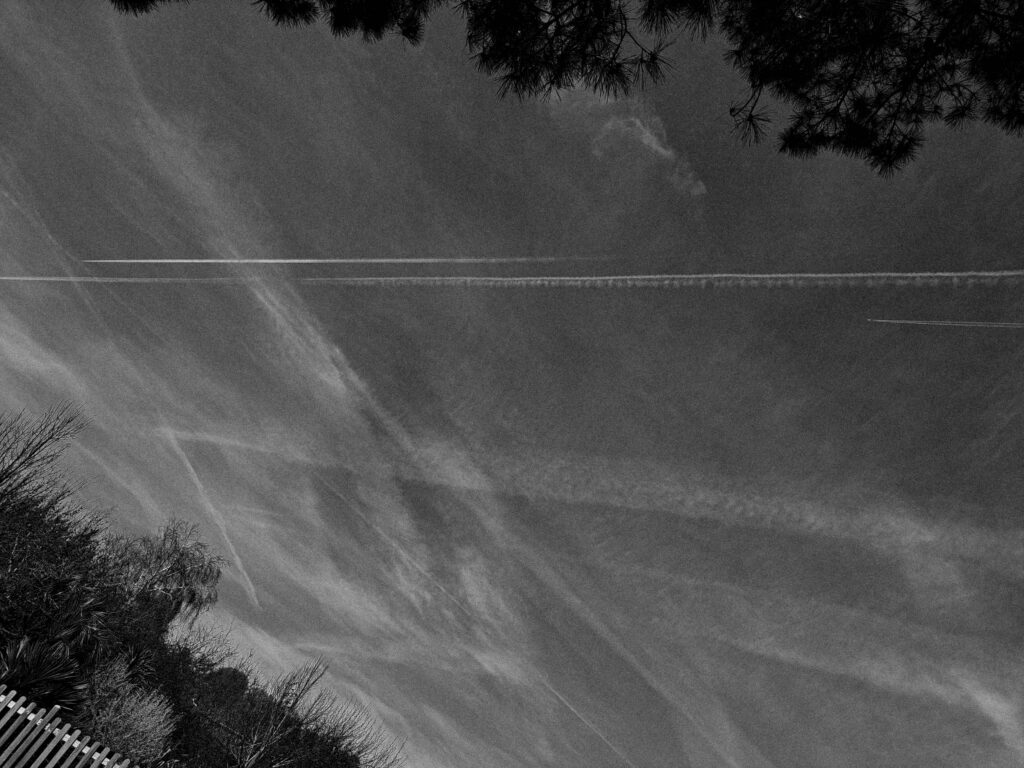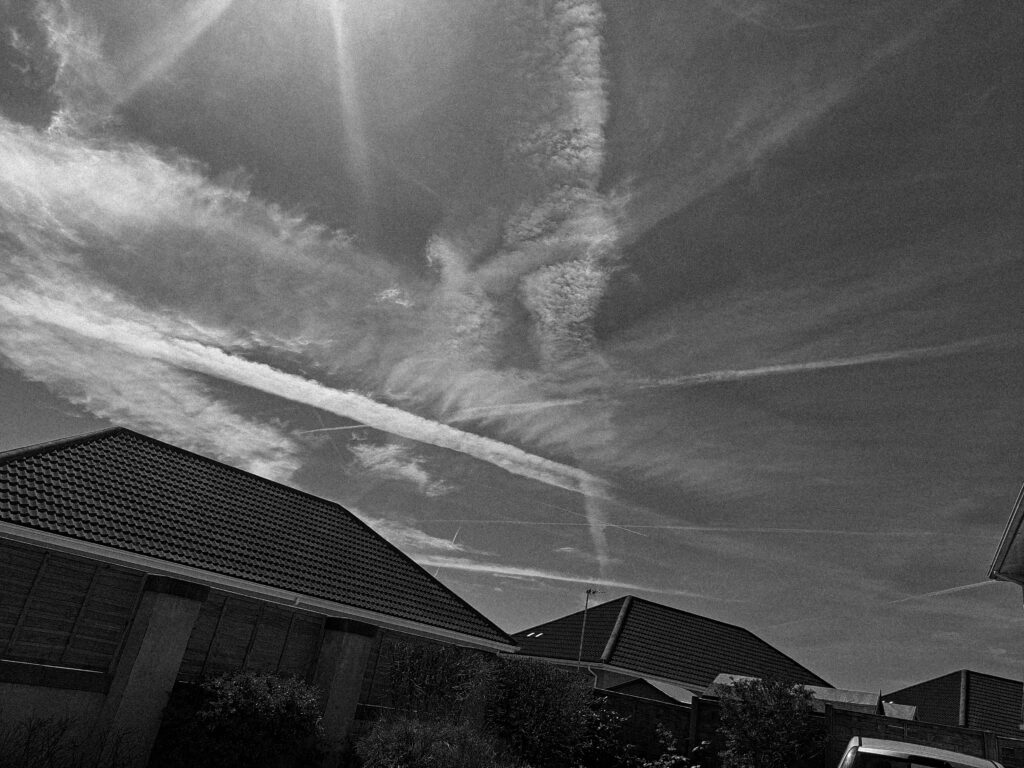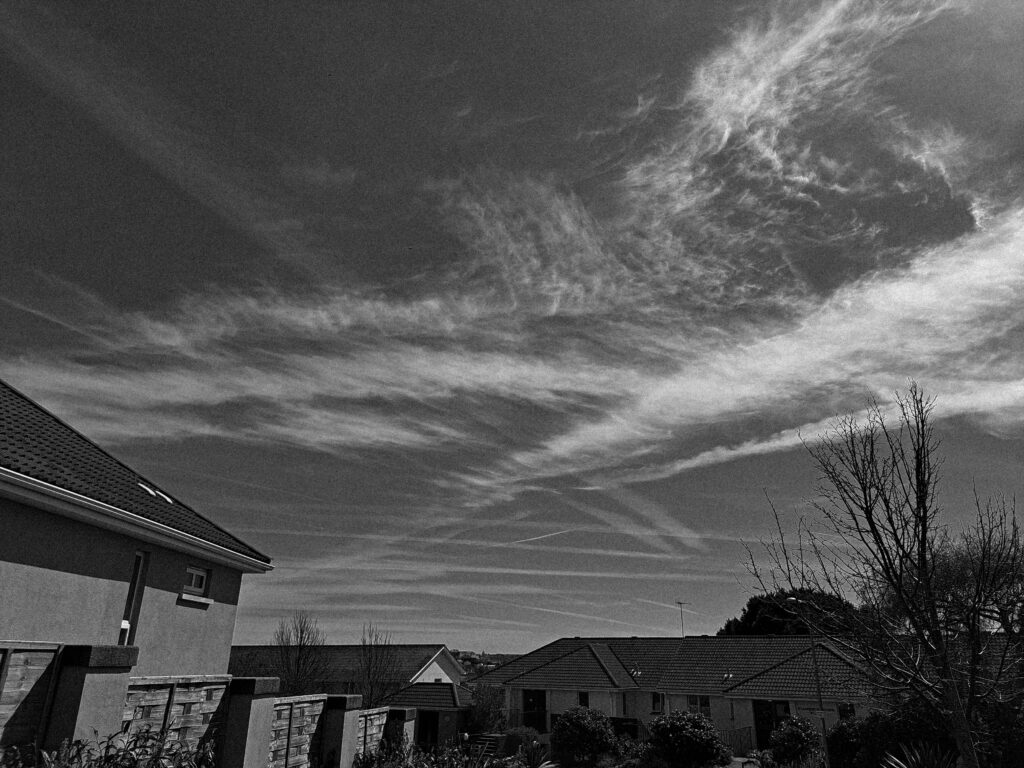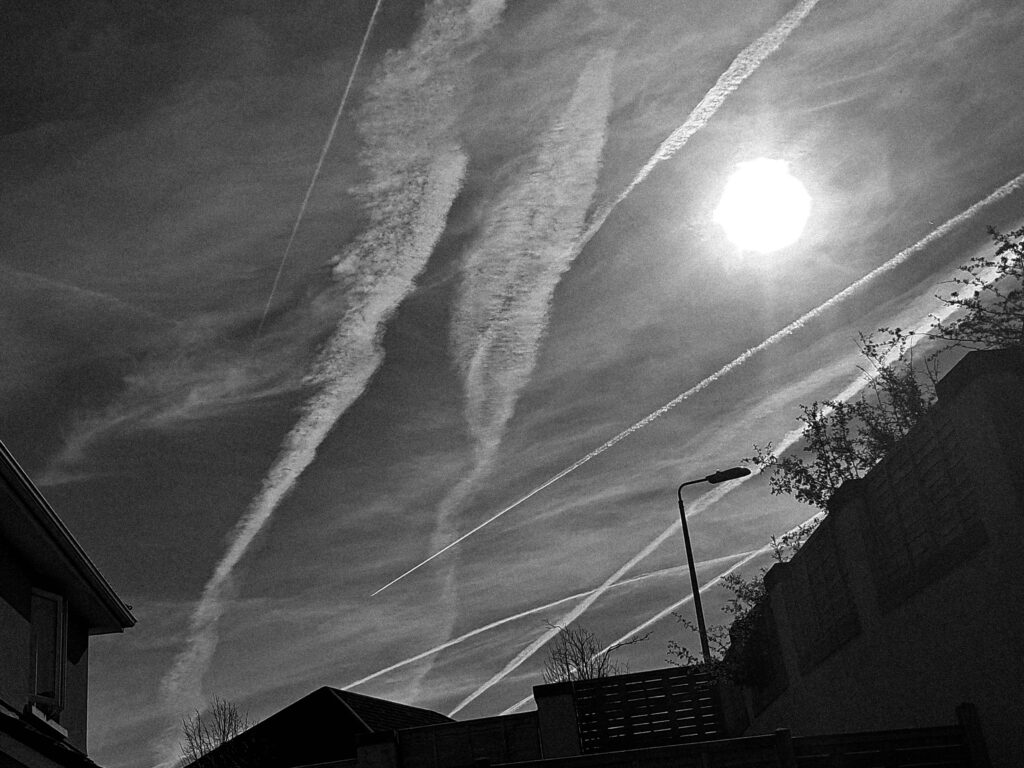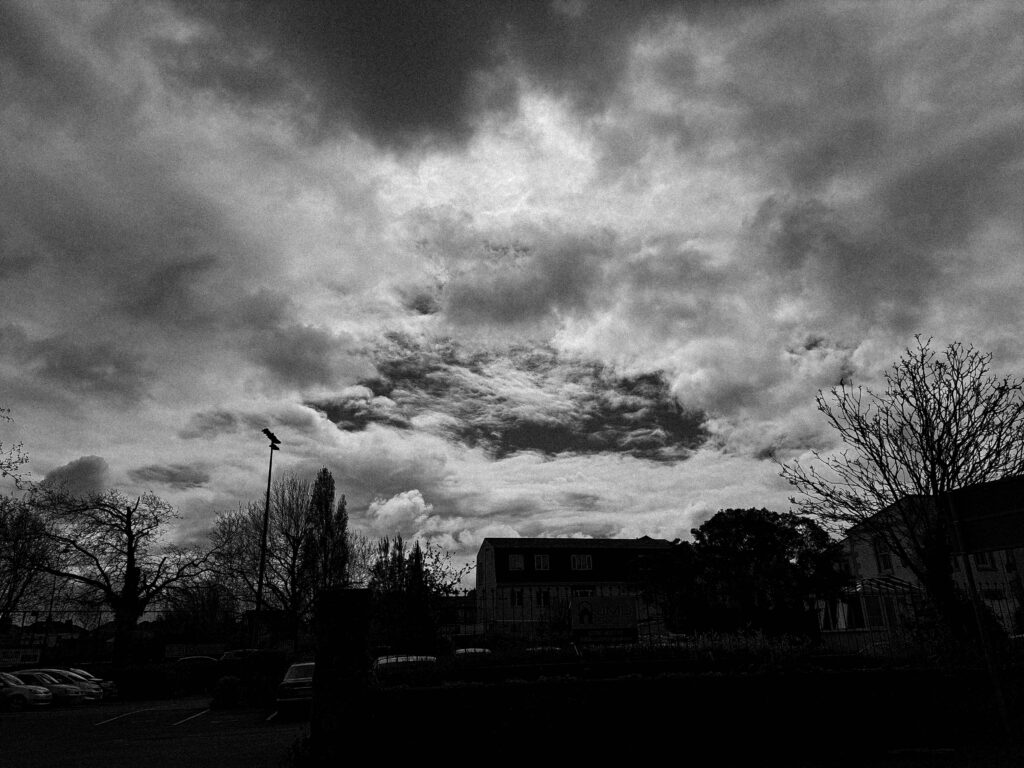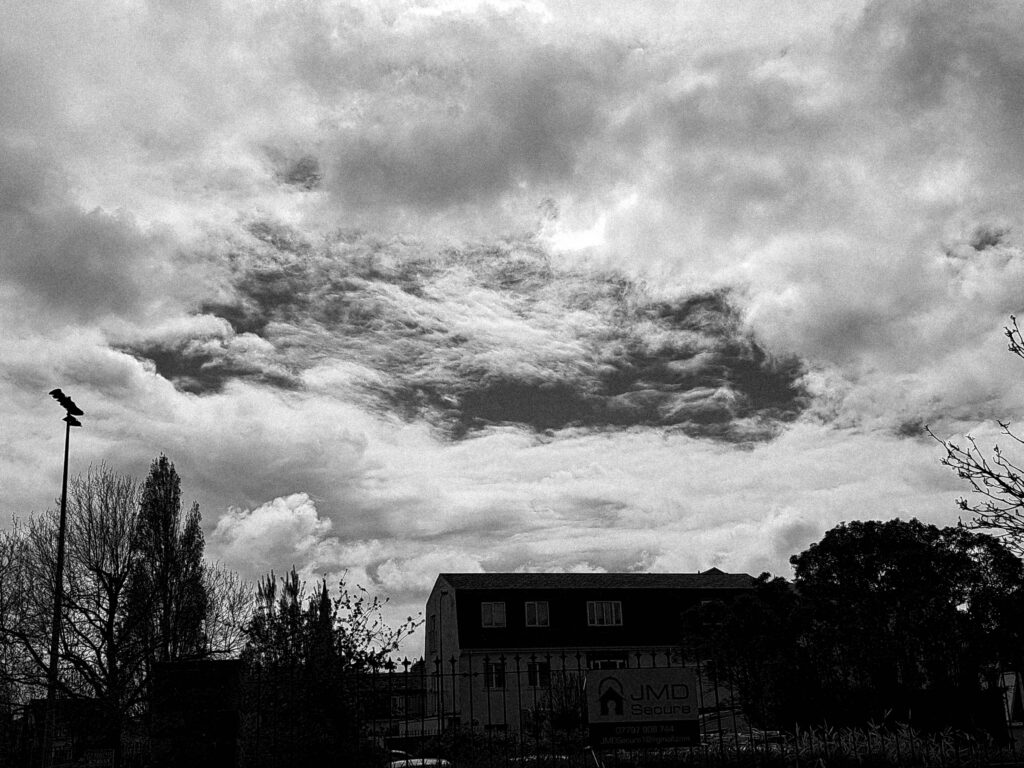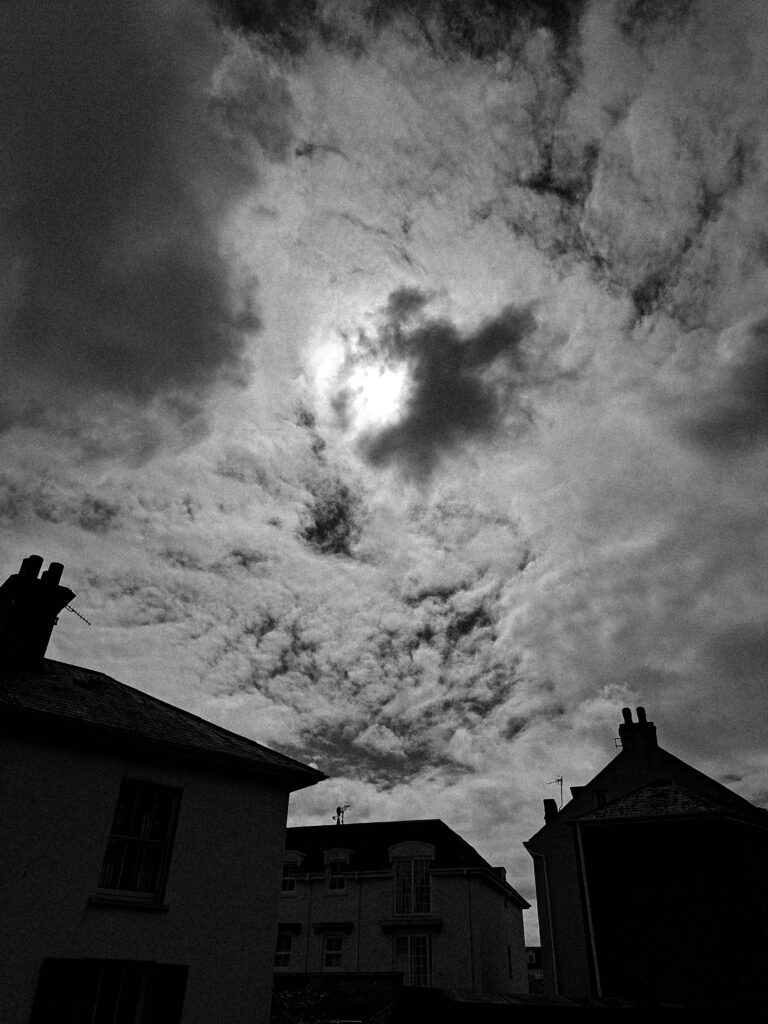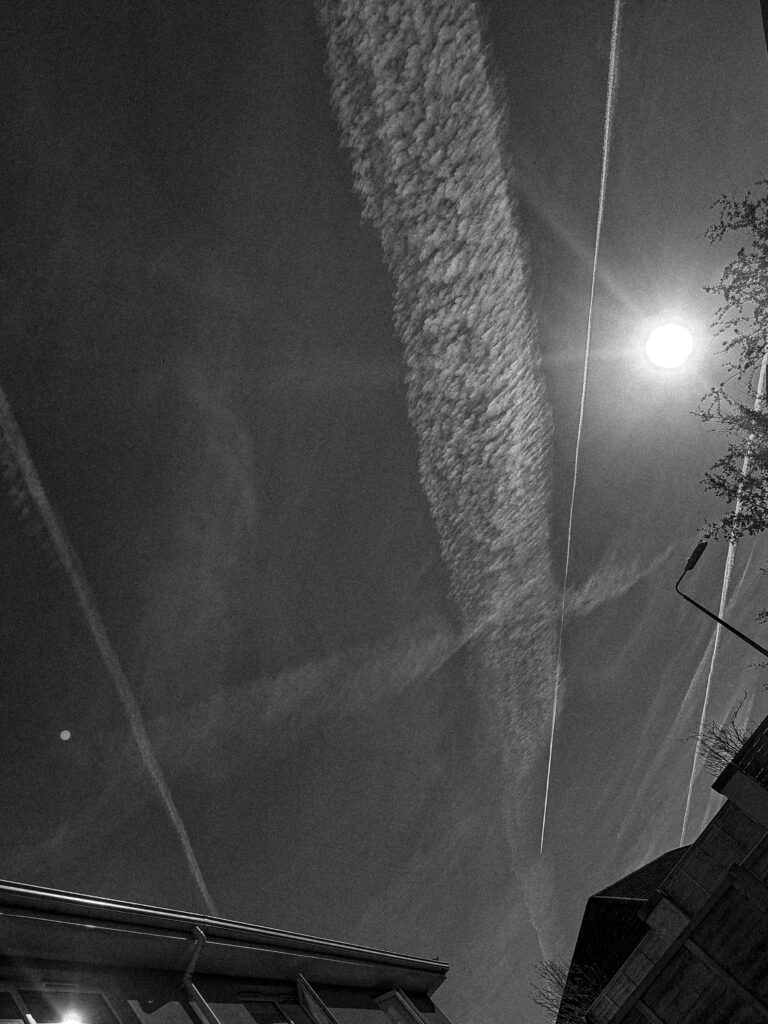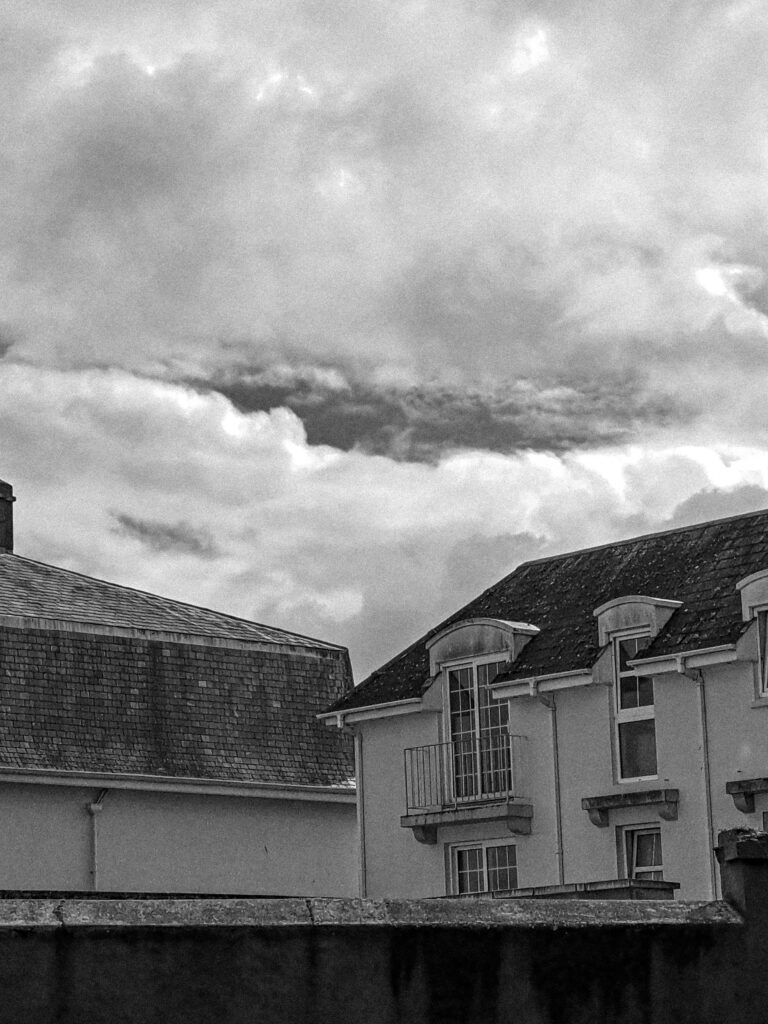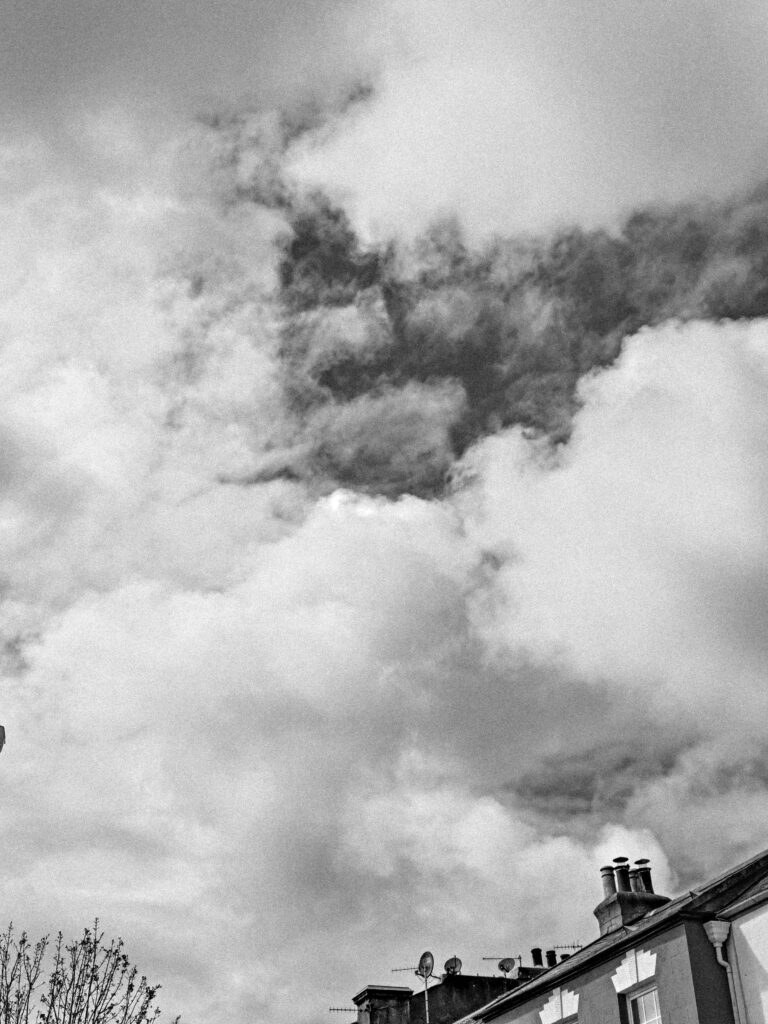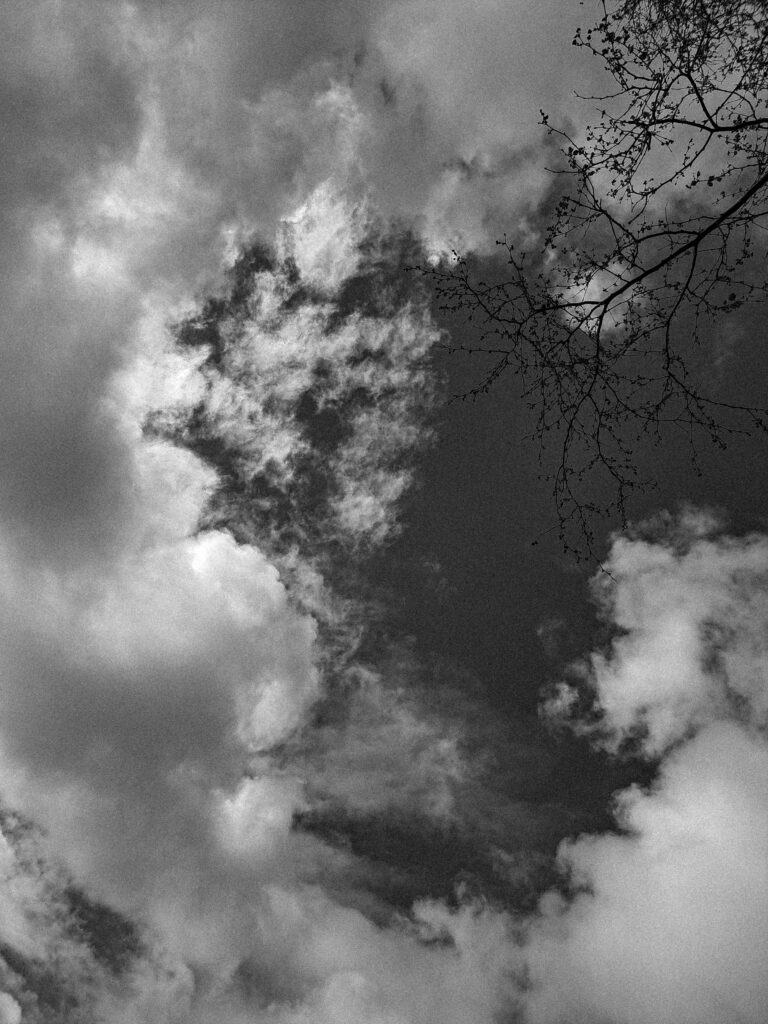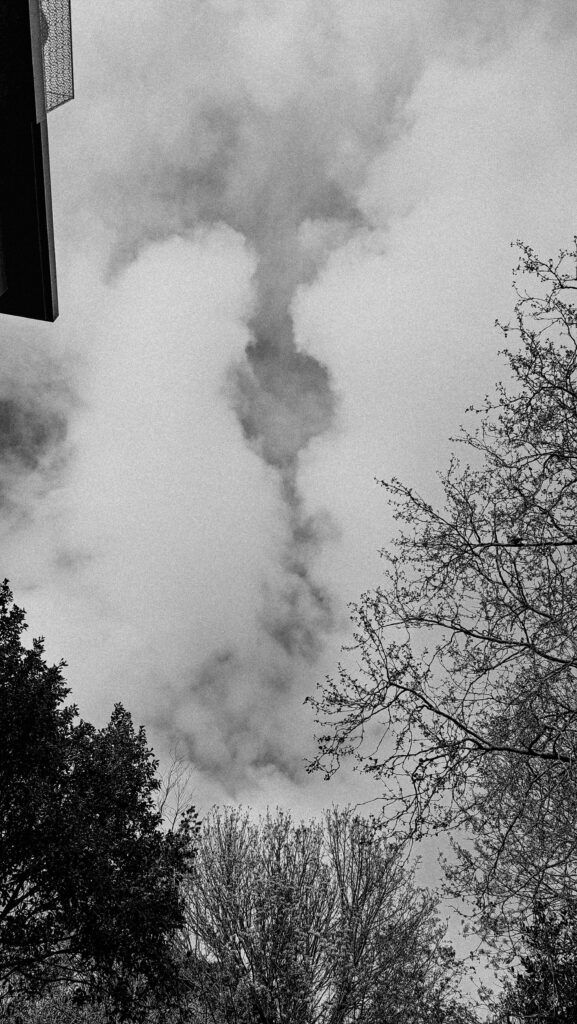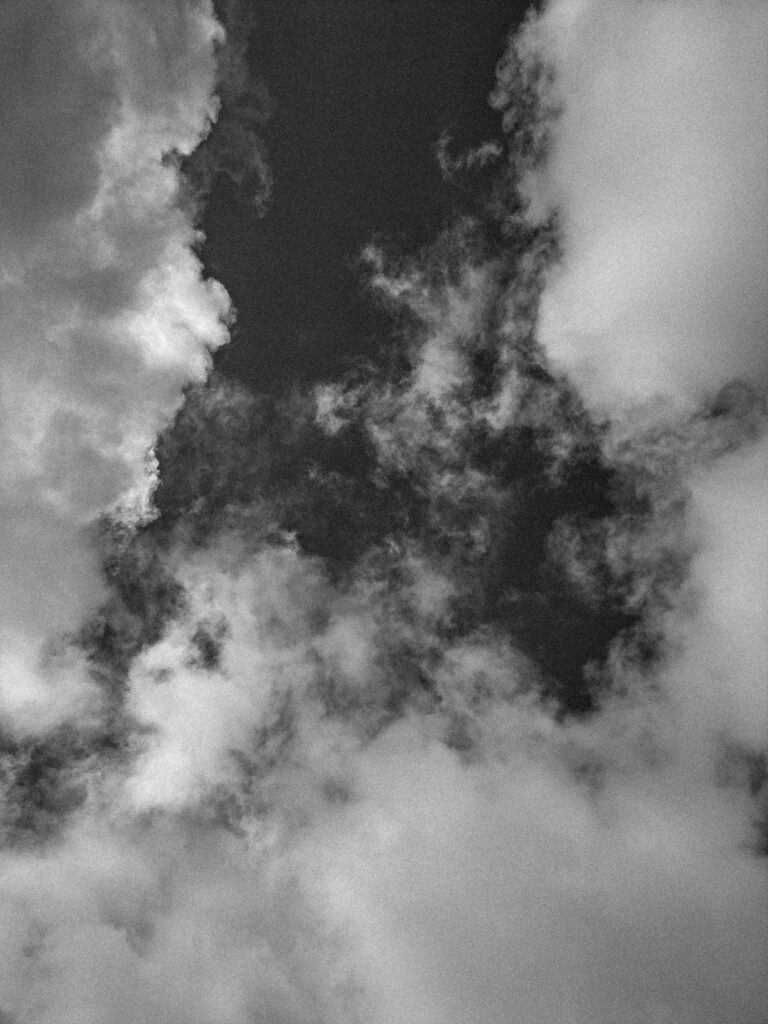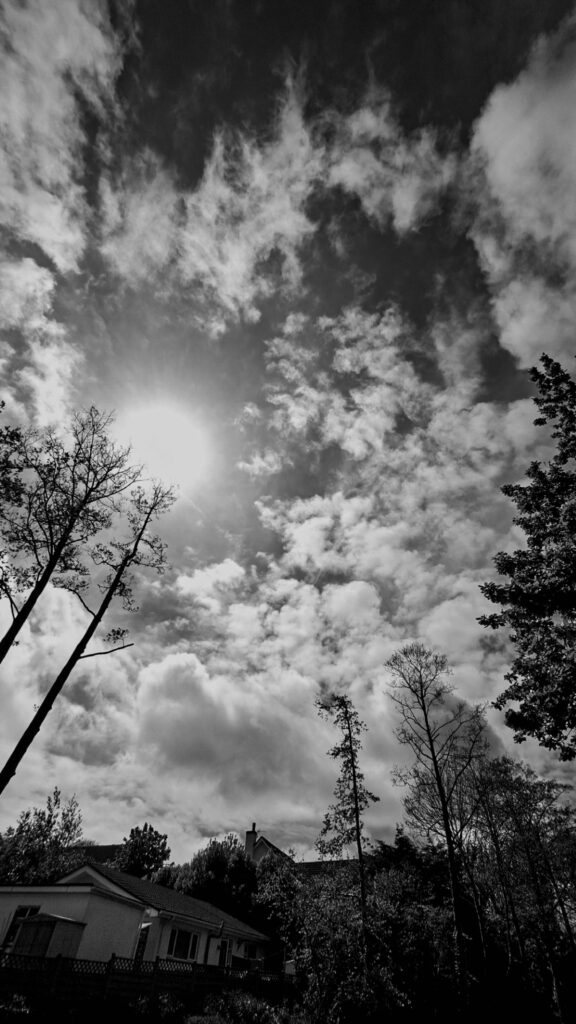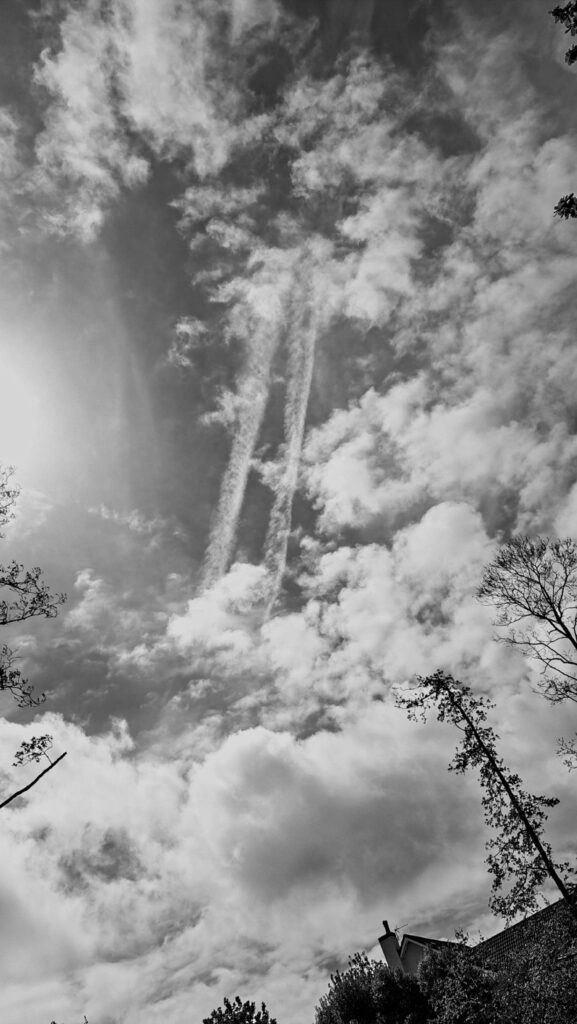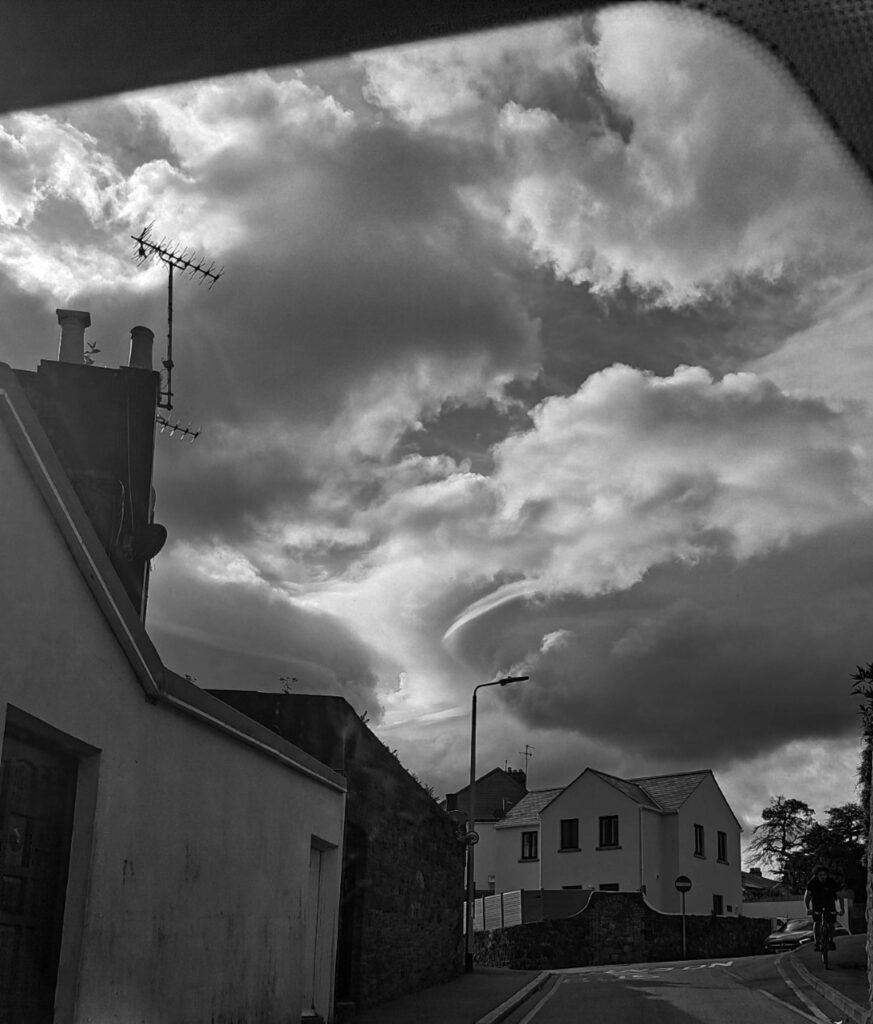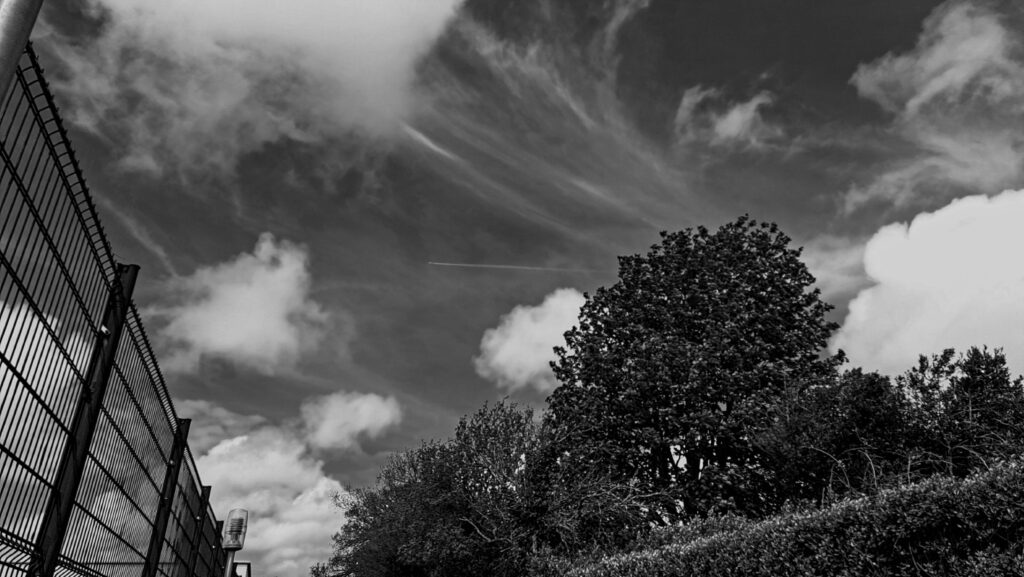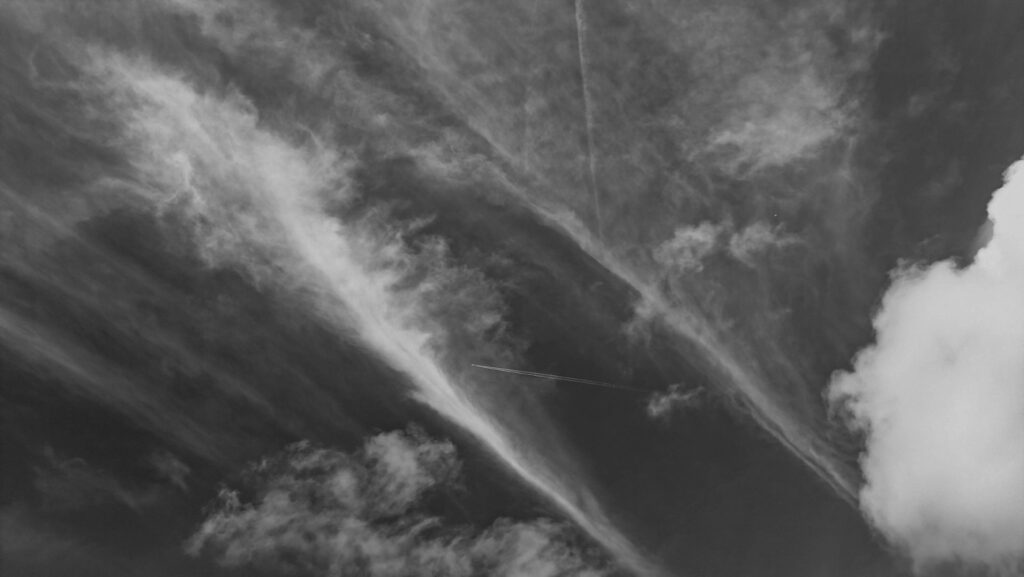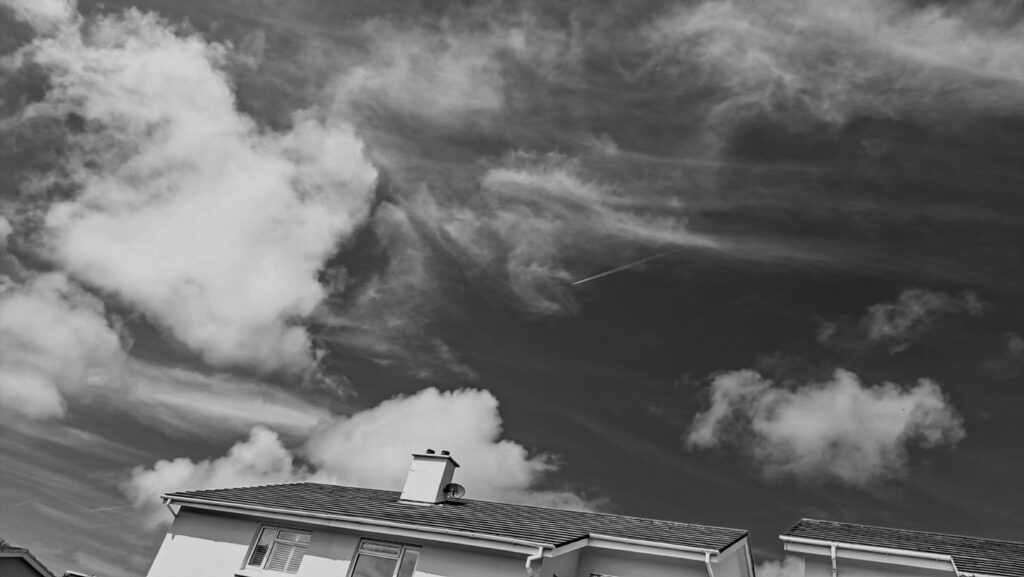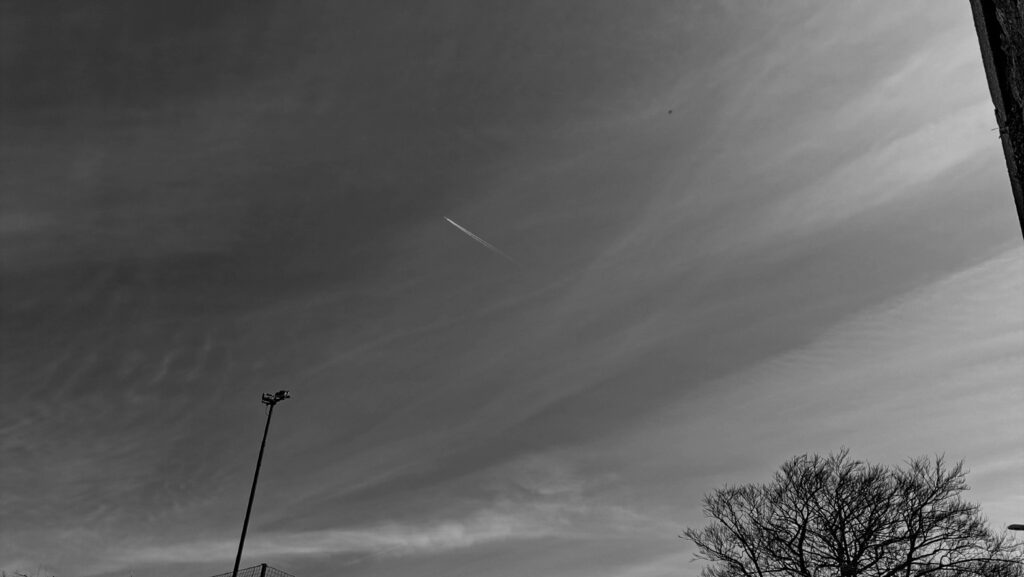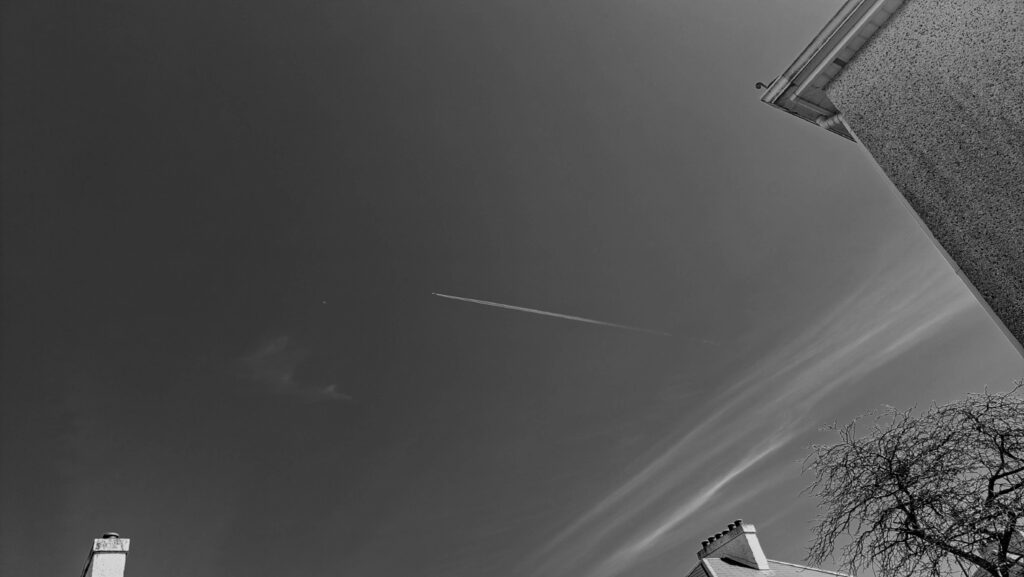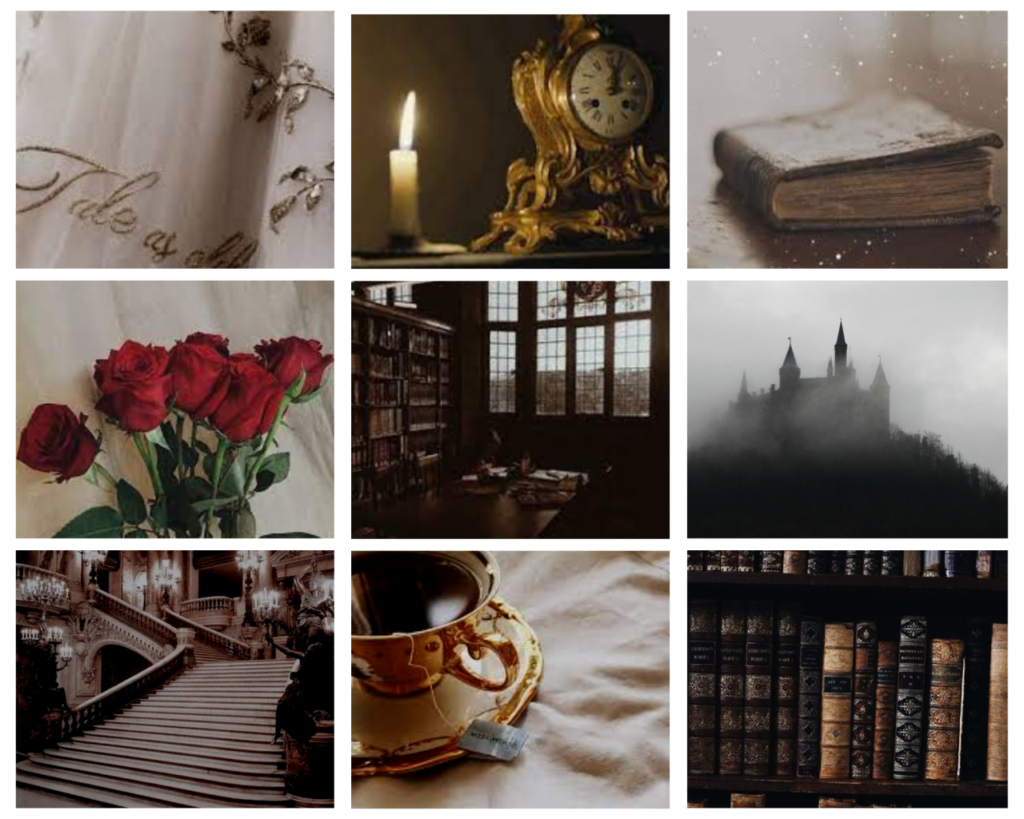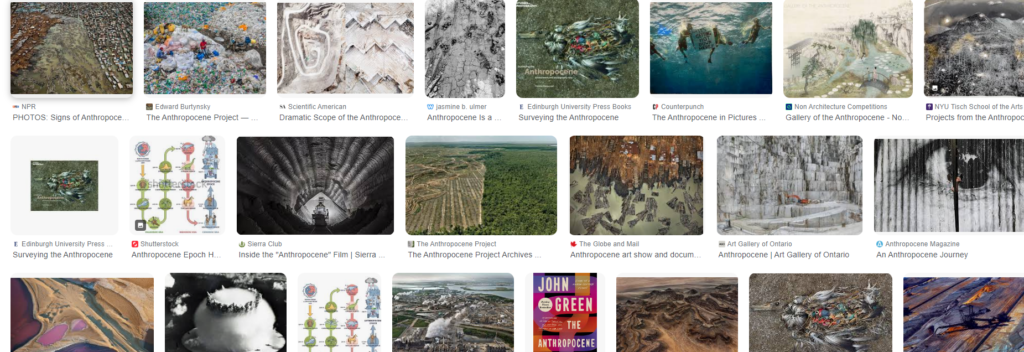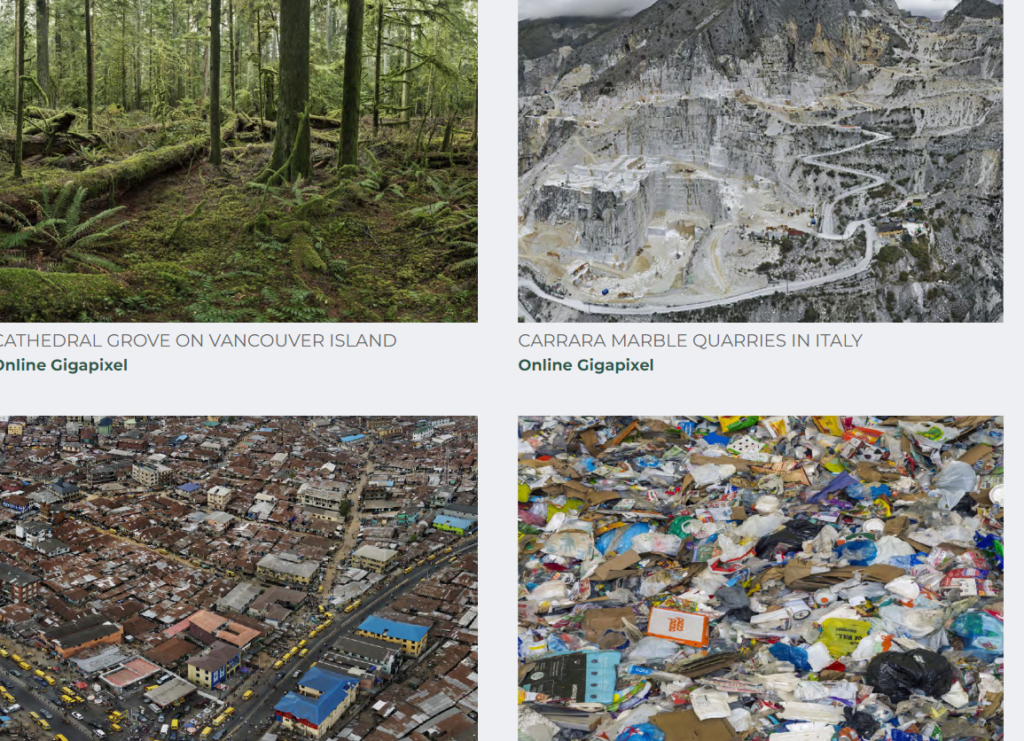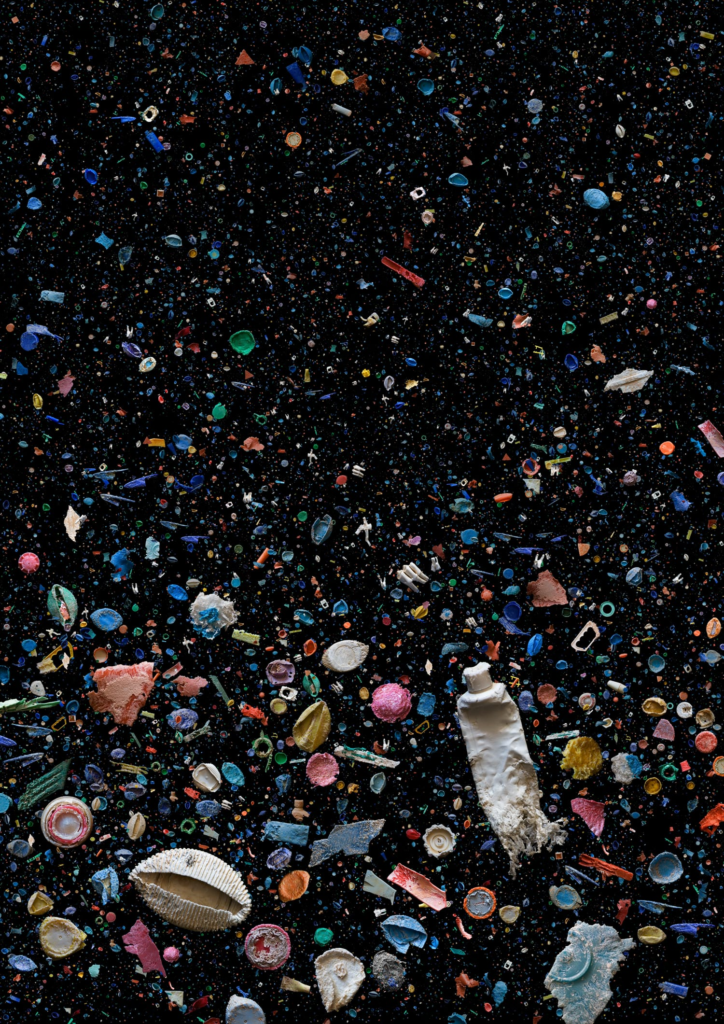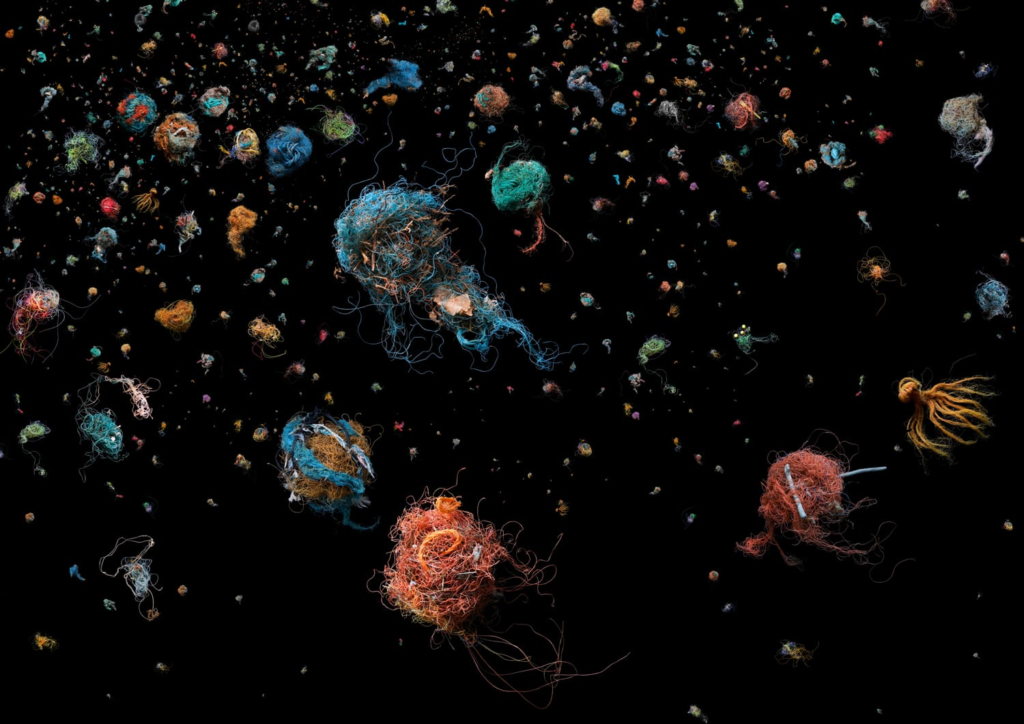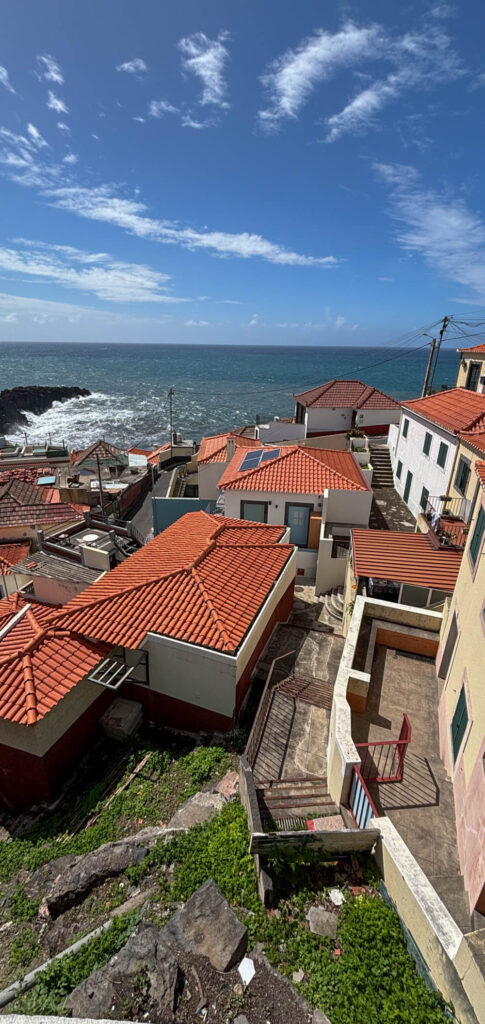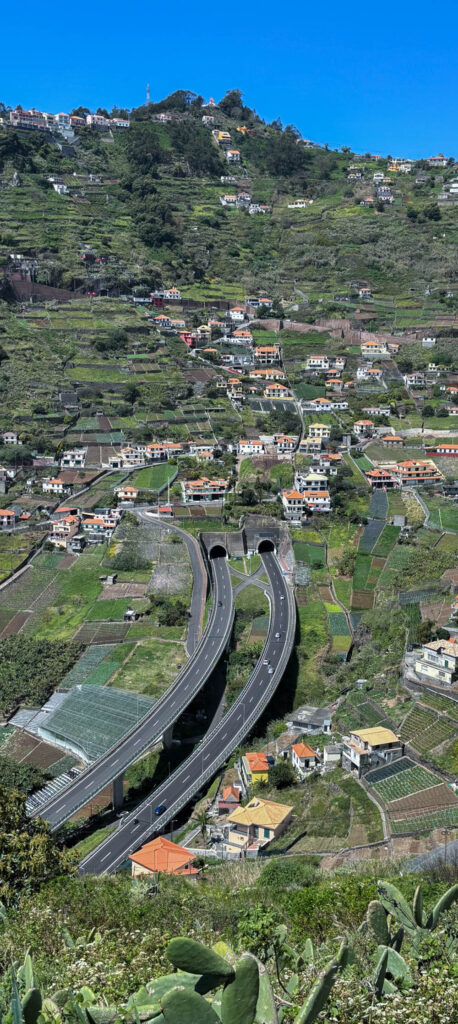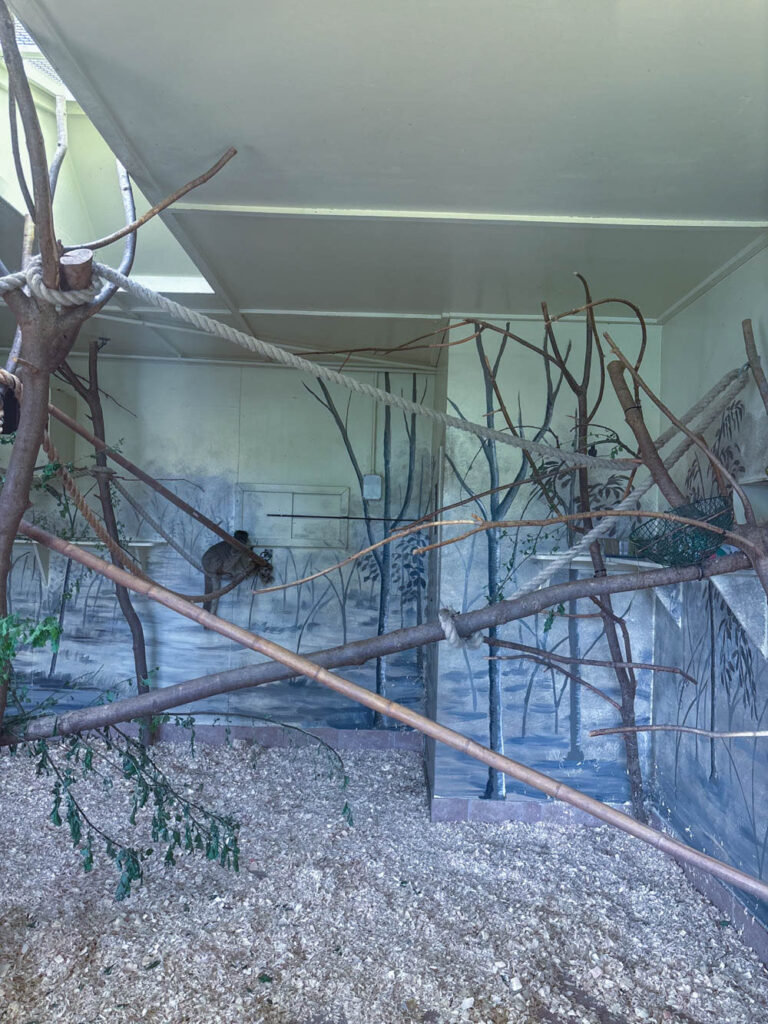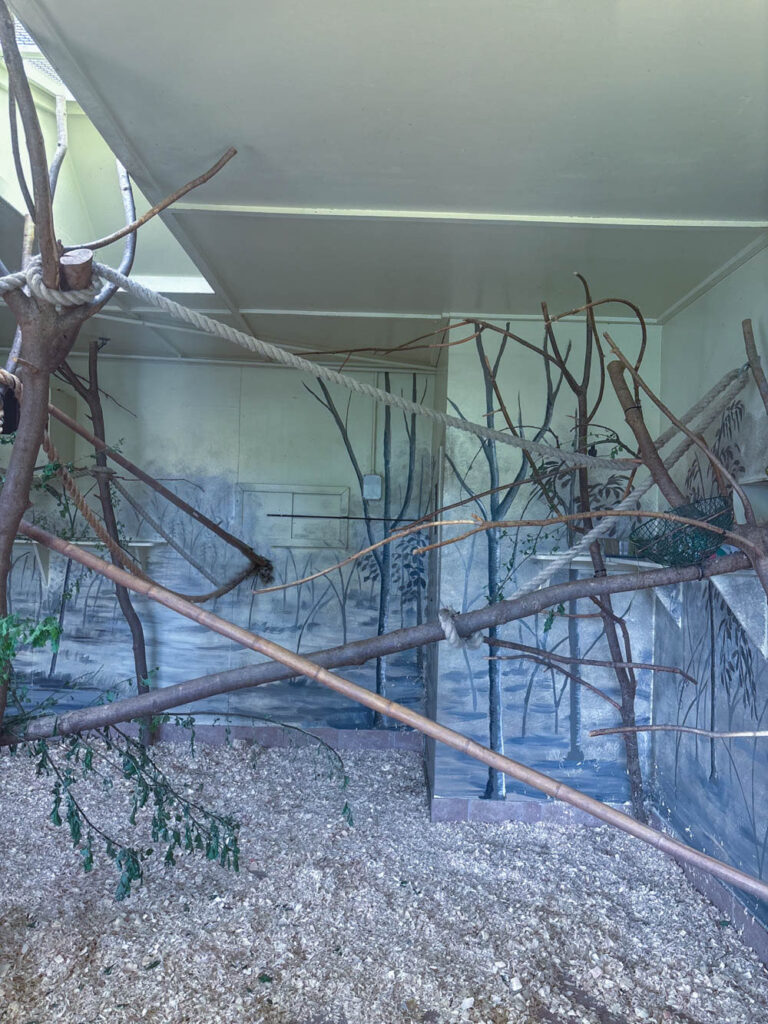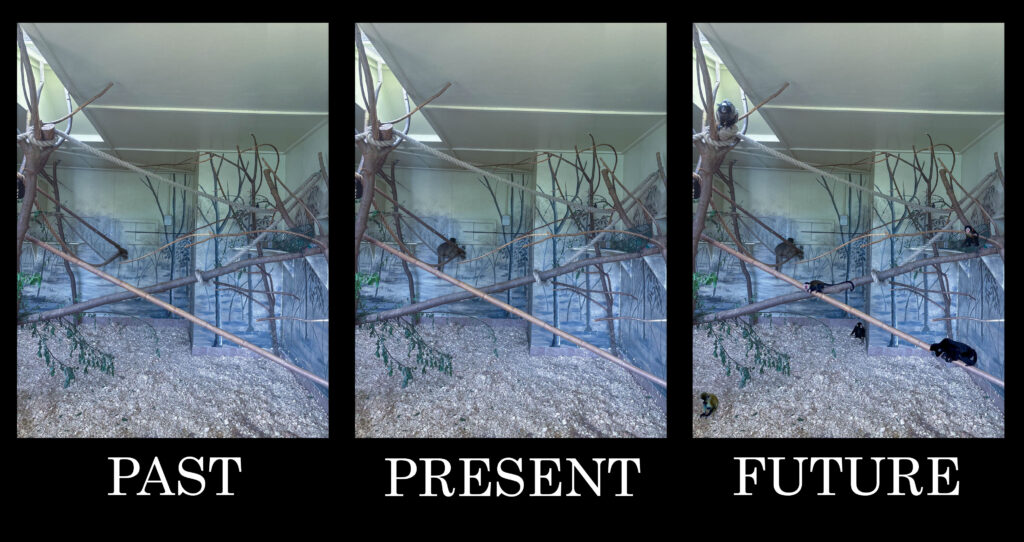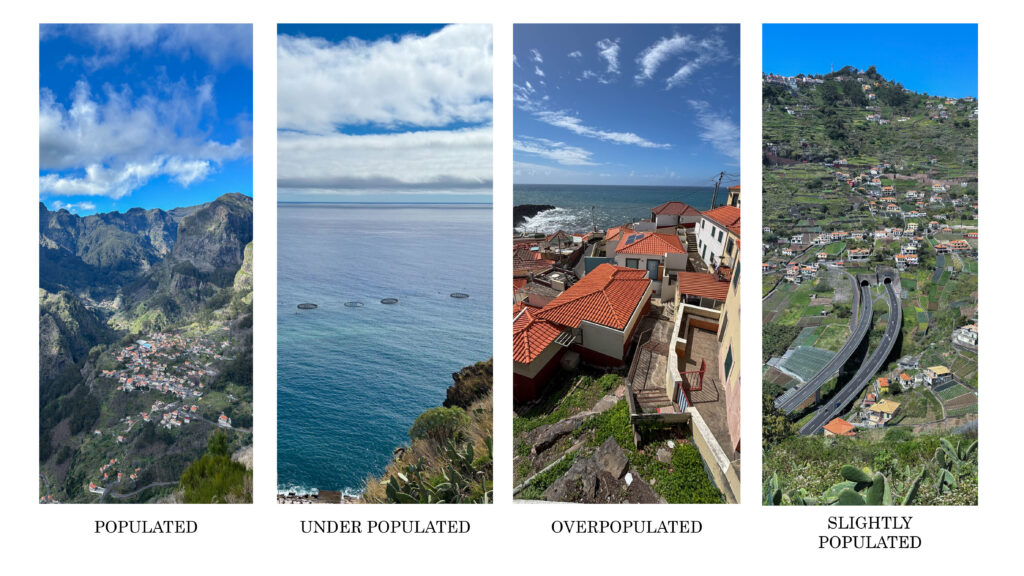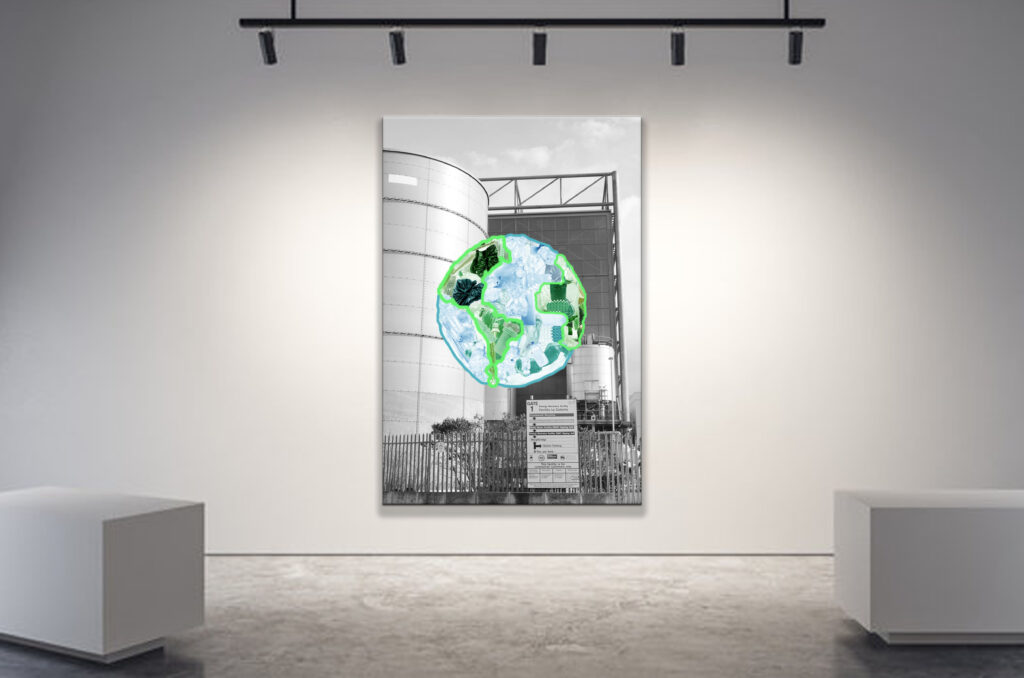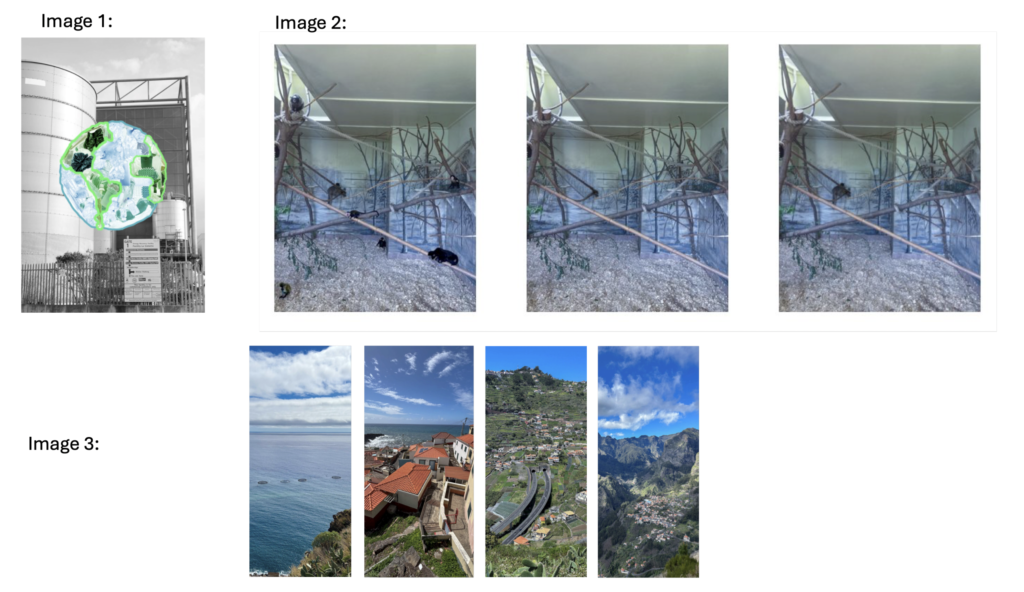
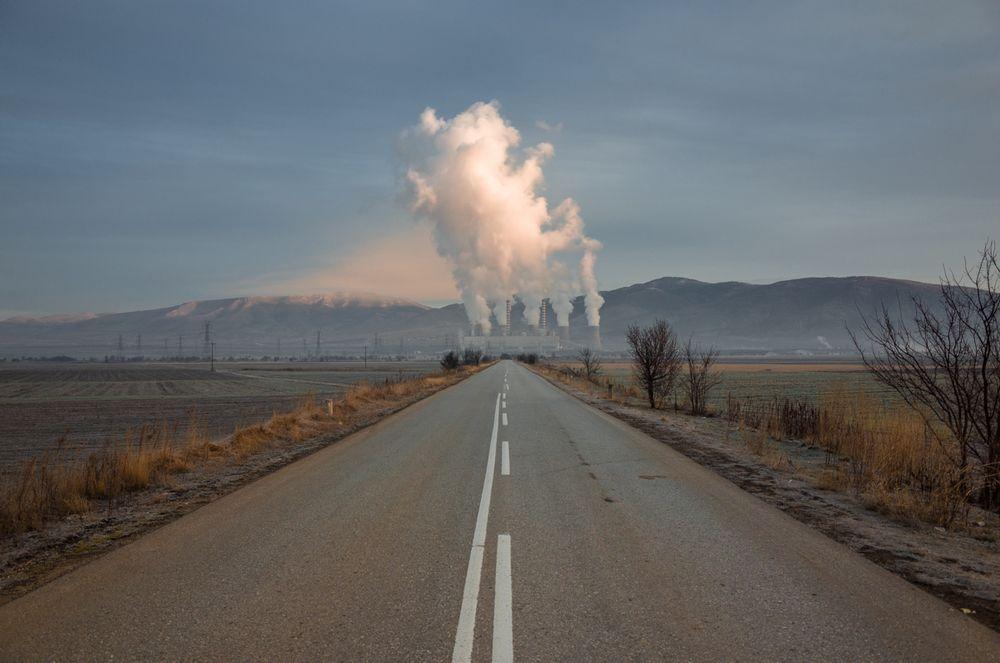




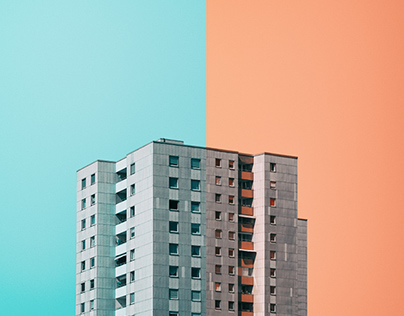

“Never before have we been so closely connected to global climate events,” while, ironically, simultaneously, having “never been so detached from the natural world.” – Mishka Henner
Anthropocene derives from ‘anthropo’ meaning human and ‘cene’ meaning a significant period of time and so means humans effects on the world arround us.
Artists
Keith Arnatt
Pictures from a rubbish tip, 1988-89
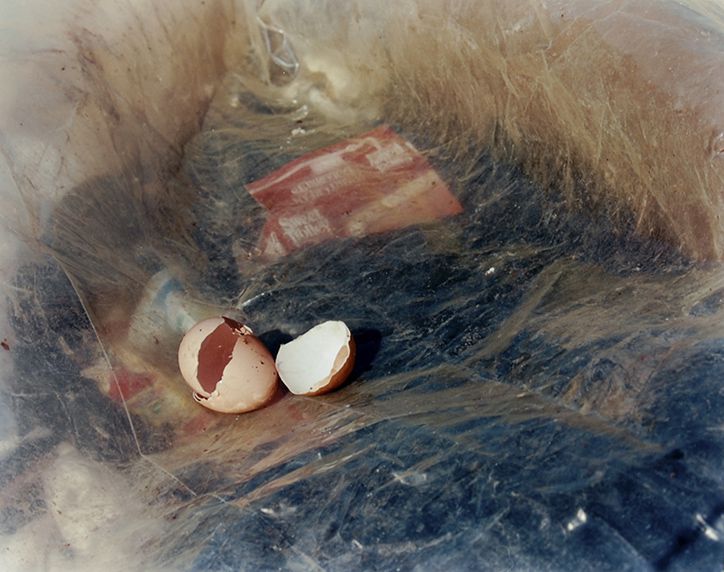

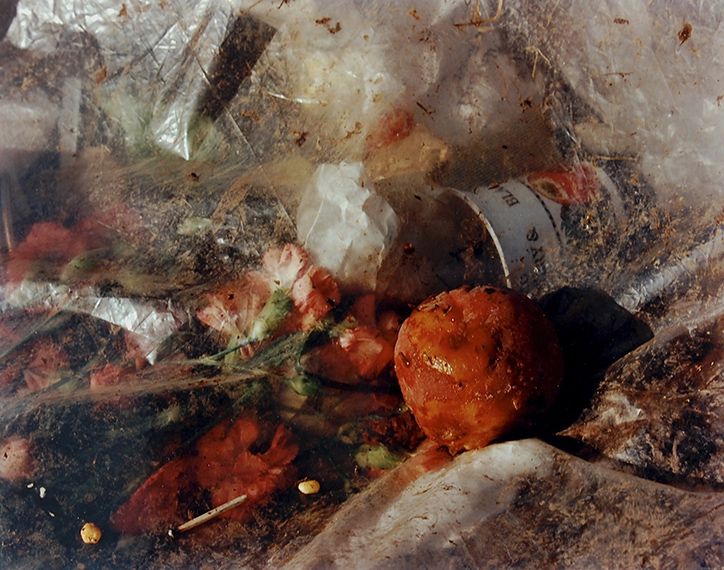
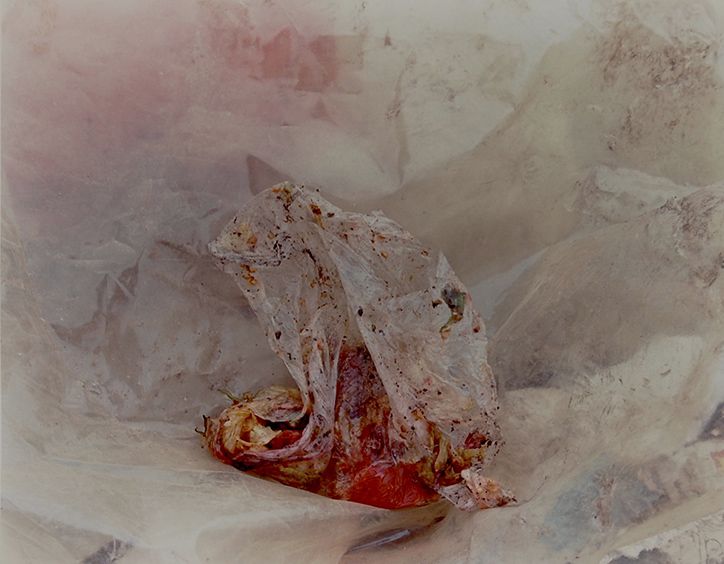
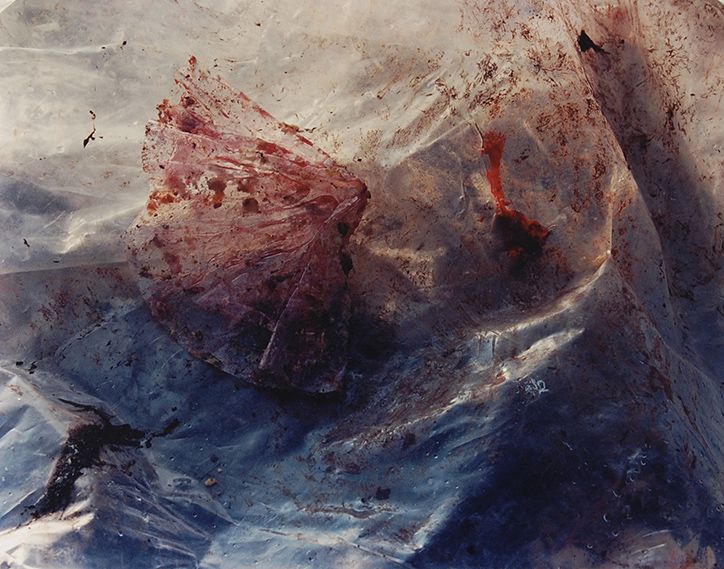
This project showcases old food waste in a way reminiscent of a painting with vibrant colours and dramatic set ups. The use of plastic bags to distort the backgrounds help to create a surreal, stylised appearance which disguises the fact these photographs have been taken at a rubbish tip.
Keith Arnatt produced 5 images in this project. Each one used natural light to take these photographs while out at the tip. The layers of plastic diffuses the light and colours which emphasise the food positioned as the subject. Small items like egg shells are not usually placed in a tip which is usually used for large waste items like ovens and sofas. Tips calculate price by weight and though small things like wrappers don’t contribute to weight, they do show a level of laziness and disinterest in the environment. Instead of throwing this rubbish in the bin or composting the egg shells for example, someone chucked it in a large pile instead. Had there been any consideration for the environment, rubbish would have been properly disposed of.
Naomi White

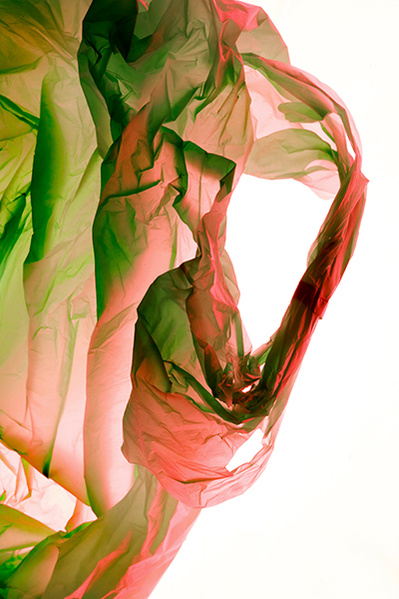
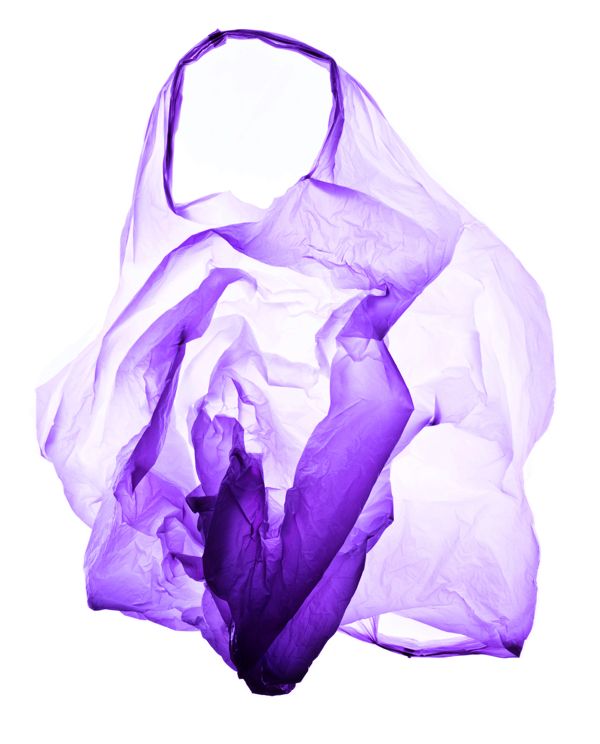

Naomi White explores contemporary issues and political ideas through her photography. How we can shift away from the exploitative model of capitalism into a collective voice of the whole planet? This is a message which aligns with that of the Anthropocene exhibition and I believe is best shown through these photographs where Naomi White uses a studio set up to light up and arrange single-use plastic bags to create a unique set of images.

This photograph shows a plastic bag. It was lit from below with a light box to cast unique shadows and to diffuse the light and creates a unique glow which stands out against the white background. 2 Colours are used which would have added either in the studio with colour gels or in post-production using editing techniques. Green is a natural colour and typically represents the natural world and the environment as recycling is also associated with the colour green. Red is the second colour used which contrasts with green. Red has connotations of destruction and heat which could mean it is being used to signify global warming and the destruction of the environment. The use of a plastic bag is significant because it is a single use, thin plastic which will be used once and thrown away. This photograph makes use of this otherwise overlooked plastic and turns the rubbish into a beautiful work of art. By creating an art piece, it changes the way people view and interact with their bags. With so much detail I believe this photograph would have been taken with the macro settings or lens at a close distance. Artificial light appears to be coming through the bag which highlights certain creases and details and creates contrast. The centre of the frame has a clear strip where the bags meet which divides the two. The colours are vibrant and highly saturated to an artificial level reflecting the synthetic materials beings used for the bag. The bag was framed purposefully to only takes up one half of the frame with the other half being a plain bright white.
I believe this photograph would have been taken for several reasons: to showcase the overlooked and underappreciated plastic bags, to raise awareness of an over-reliance on plastic, and to highlight consumerism.
A plastic bag on average is only used for 12 minutes before it is thrown away. The plastic used however takes 1000+ years to decompose in landfill. The abundance of bags causing landfill is seriously damaging to the environment and wildlife. If those bags were slightly more appreciated and used until they broke (like initially intended), waste would decrease in massive numbers as proven with recent regulations. Single-use plastic bags are not sold in shops anymore, instead thicker ‘bags for life’ are the only possible purchase option. These will last longer and could carry heavier shopping hopefully causing shoppers to get more use out of them. Additionally they are only available at a 70p charge. By giving the bags a monetary value it causes people to give them a higher value and therefore be less likely to throw them away. This was a successful move as since the UK laws were pushed, shoppers buying bags has fallen by 98% (measured in 2023). I believe this was the intended purpose behind this image. By photographing the bags and giving them importance, it would in theory cause people to value and utilise bags more before throwing them away.
Before plastic bags, paper bags would have been used for fruits and straw baskets were bought by shoppers when purchasing foods. Plastic only became common place in the 1980s-before their damage was as well known. Since then, the plastic bag has become a staple of shopping. Bags are only one of many products that have become essential and so I believe that these photographs were taken to raise awareness of our over-reliance on plastic. Plastic is used for its durable properties, cheap manufacturing prices and ease of use. This means that it is used in anything from clothing to kitchen appliances. It would be near impossible to completely abandon plastics and move to a ‘sustainable’ alternative due to its widespread use as any material used at such a large scale is not sustainable. This was proven when plastic was first introduced as an alternative to wood and paper due to the sheer number of trees being chopped down. These high requirements have been regularly increasing due to a surge in population and rampant consumerism. This over-reliance and exploitation is an additional reason that I believe Naomi White decided to photograph this plastic bag.
Consumerism in recent years has proven an issue. Low prices are sought after but are only achieved by cutting corners by using factories, sweatshops and cheaper materials. The dip in quality means that the items will not last as long and are therefore thrown away sooner and need replacing. All this rubbish is non-recyclable because cheaper materials are too low quality to repurpose. Additionally people want more which creates a vicious cycle which is best represented by the fashion and textiles industry. 60% off all produced textiles are made with synthetics such as polyester, the same plastic used to produce water bottles. Polyester is significantly cheaper to produce and extremely difficult to recycle. Unlike its organic alternatives (such as cotton), polyester is made of short fibers which easily fall apart, melt in washes and always sits ‘boxy’ whereas cotton is made of long, hollow fibers which allow water to pass through easily and forms a light fabric. These resistant fibers create long lasting garments which can even be recycled. Even still wardrobes have become filled with these synthetic impostors purely due to their availability. These polyester pieces are bought at low prices, worn for a fraction of a year and thrown away for a range of reasons almost always ending in a landfill. Even if they are worn and used for longer before being thrown away microplastics contaminate the water supplies when washed. Although this does not directly affect people it does impact aquatic life. Modern day consumerism is best summed up as: Fast-Fashion brands create garments that are created to look good on a hanger until they get washed and they begin to pull and require replacing. Plastic bags are symbolic of shopping also which I believe makes consumerism an issue Naomi White is warning against.
Mandy Barker
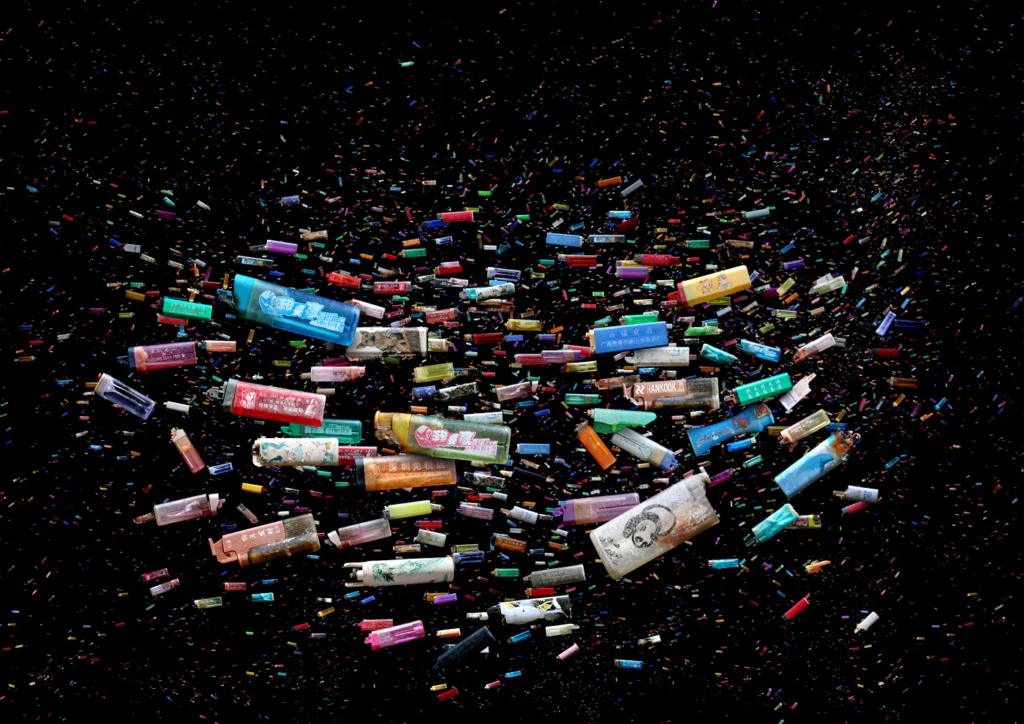
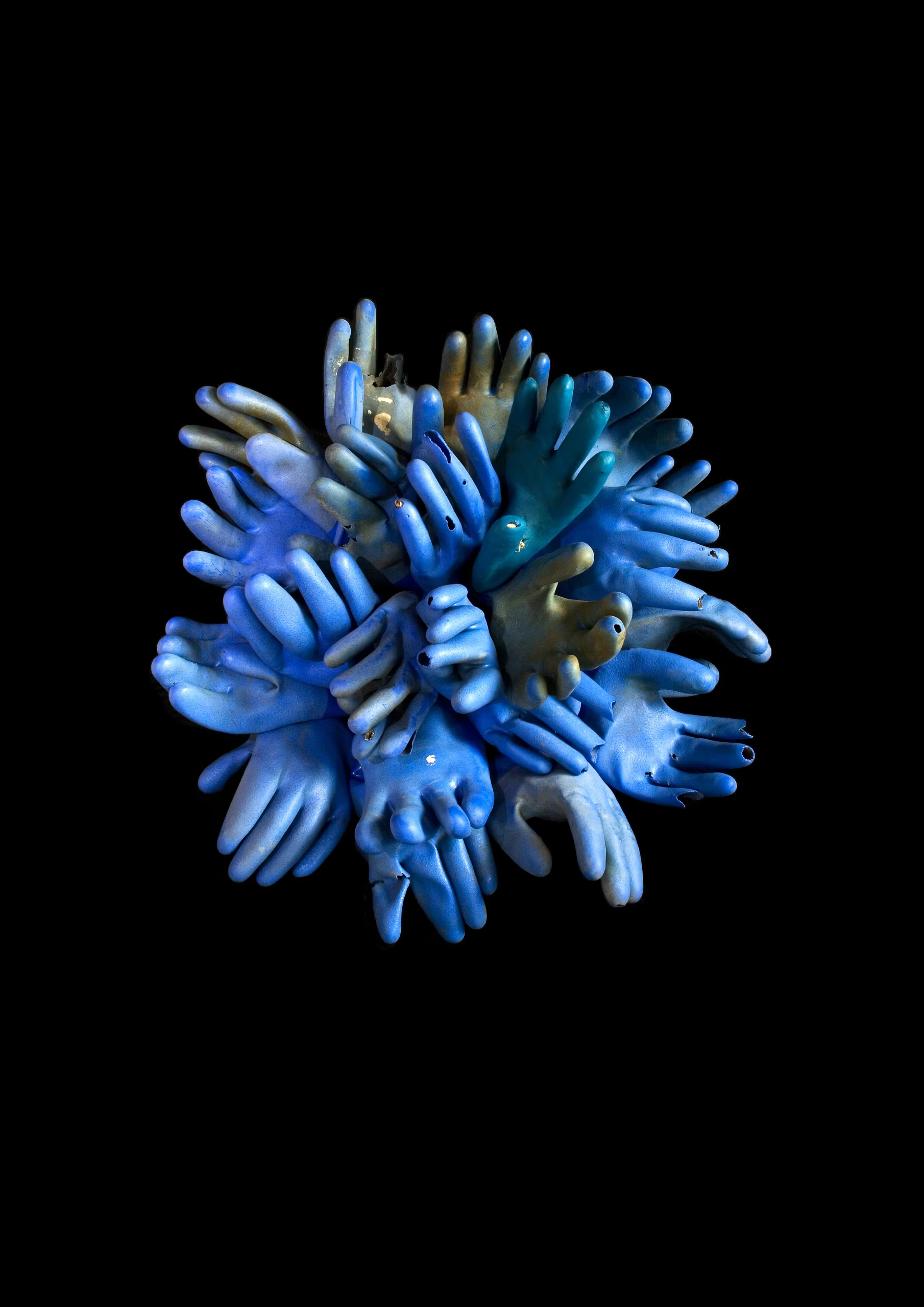

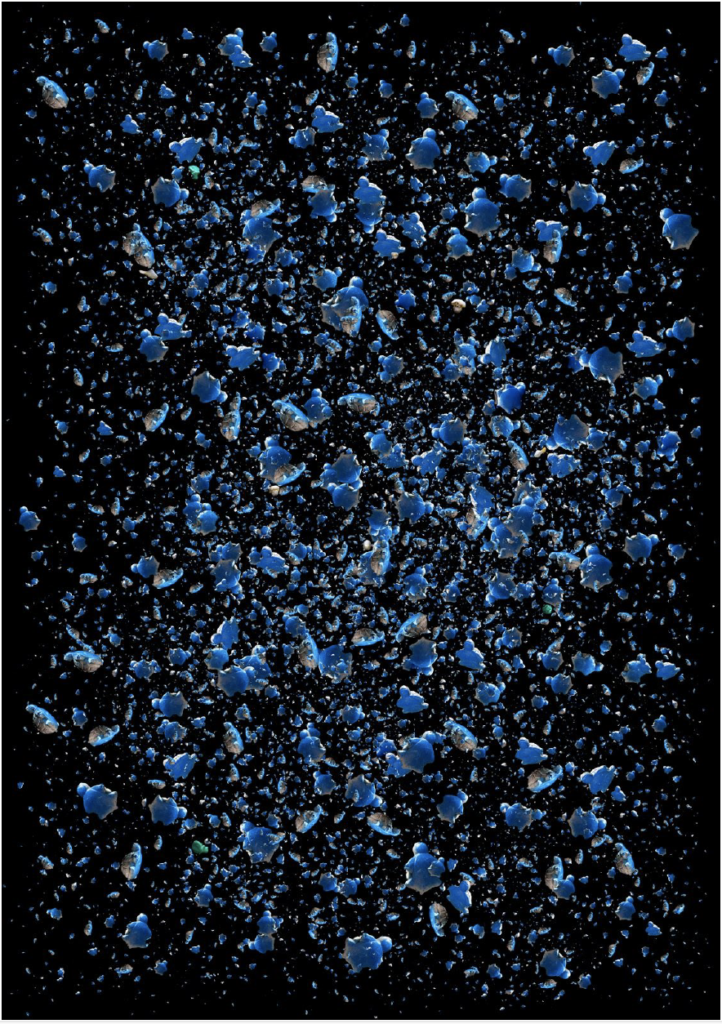
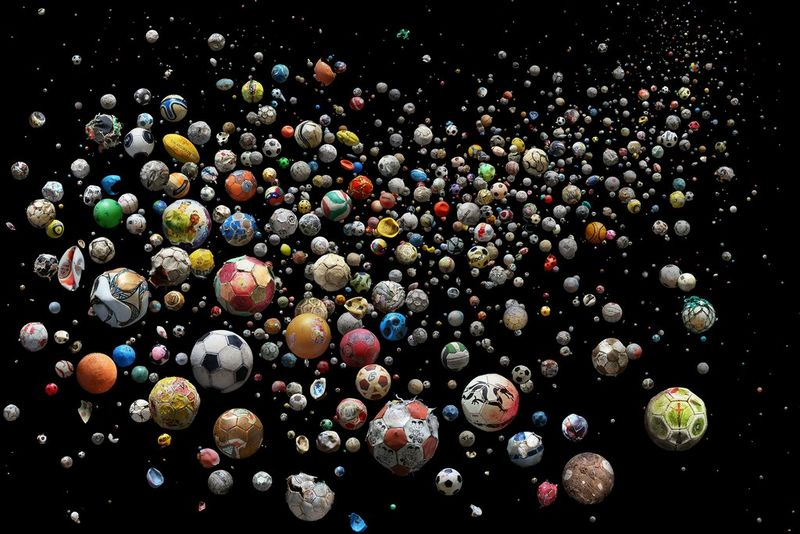
Photoshoots
Photo Shoot Action Plan 1
- Who – This photoshoot will be inspired by Keith Arnatt. I am going to photograph rubbish and arrangements of objects to showcase the mass of varied waste and the damage caused.
- What – I would like to visually comment on plastic, mass wastage, non-recycling, disposable society and consumerism. These will be still life images focusing on the items.
- Where – Keith Arnatt photographed a rubbish tip in natural light which so I will visit several places in natural light where an abundance of rubbish accumulates such as the recycling centre. Will visit: La Collette recycling centre and acorn.
- Why – To showcase mixed waste and what’s being done with it. Recycling takes rubbish and turns it into something else, charity shops repurpose old items. I would like to contrast these positive parts with negative ones such as overflowing bins and litter which didn’t even reach a bin.
- How – I will photograph in set out arrangements and also heaps. I would like to experiment with textures also such as clear plastics, damaged textiles and rotting foods. I will also experiment with lighting and background as these will be studio images taken with artificial lighting.
Photoshoot 1
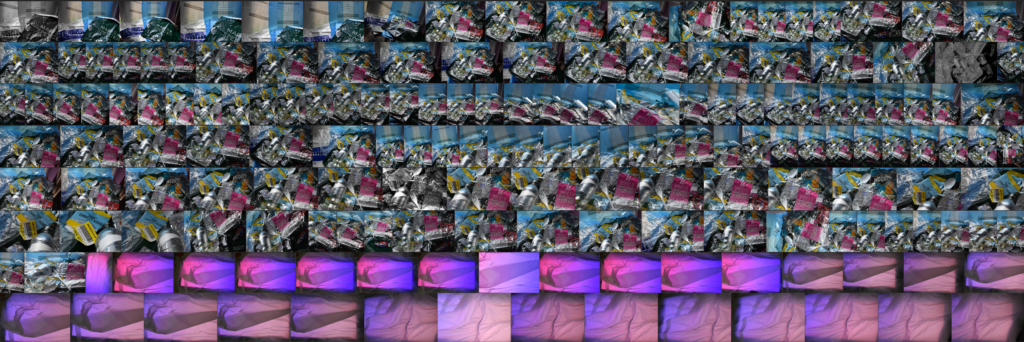
To try and photograph a gradient behind a plastic bag I used my phone to display some colours and I arranged a plastic bag over the top. They didn’t turn out how I’d hoped and next time I would try using a larger bag from further away. I also arranged some plastics into an arrangement with both small and large pieces. I used the sun for light which was bright and caused lots of reflections on the plastic which I should’ve expected and waited until later in the day.

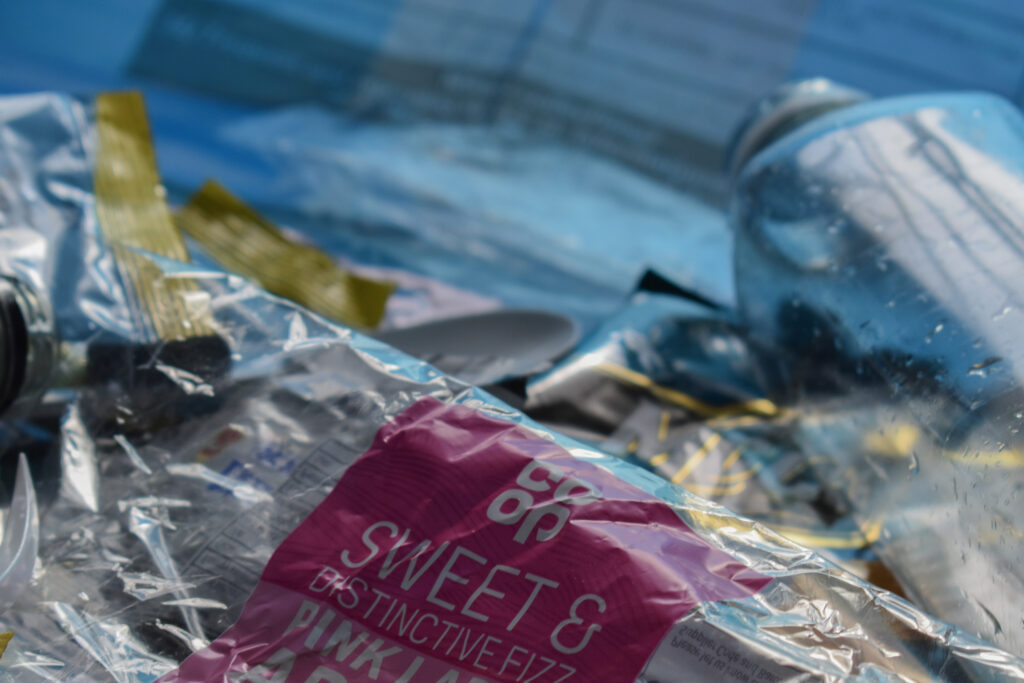


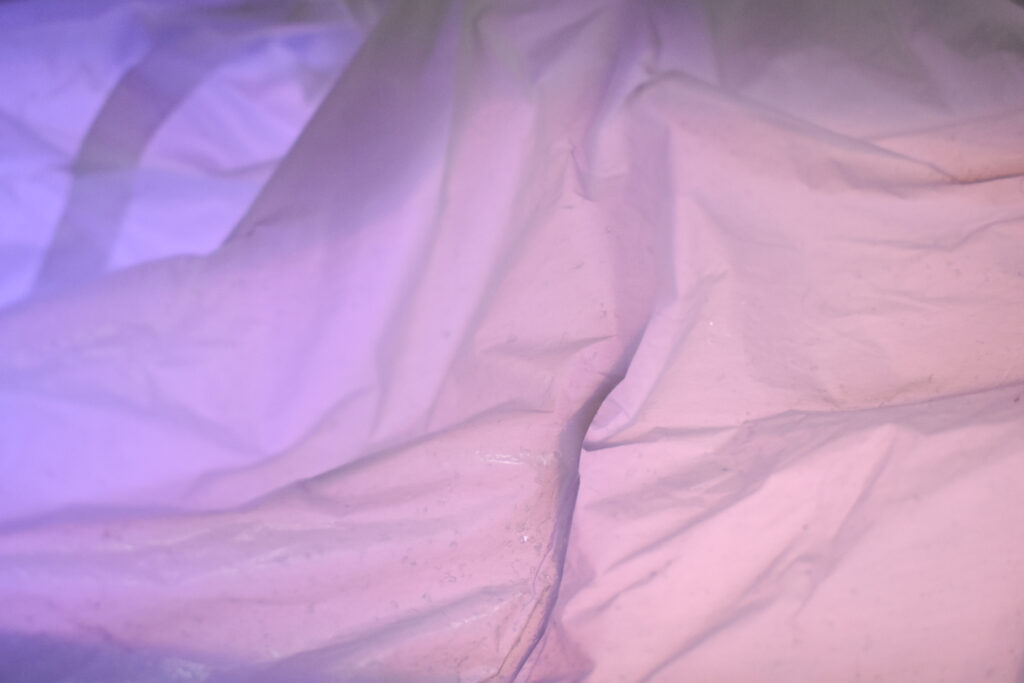
Photoshoot 2
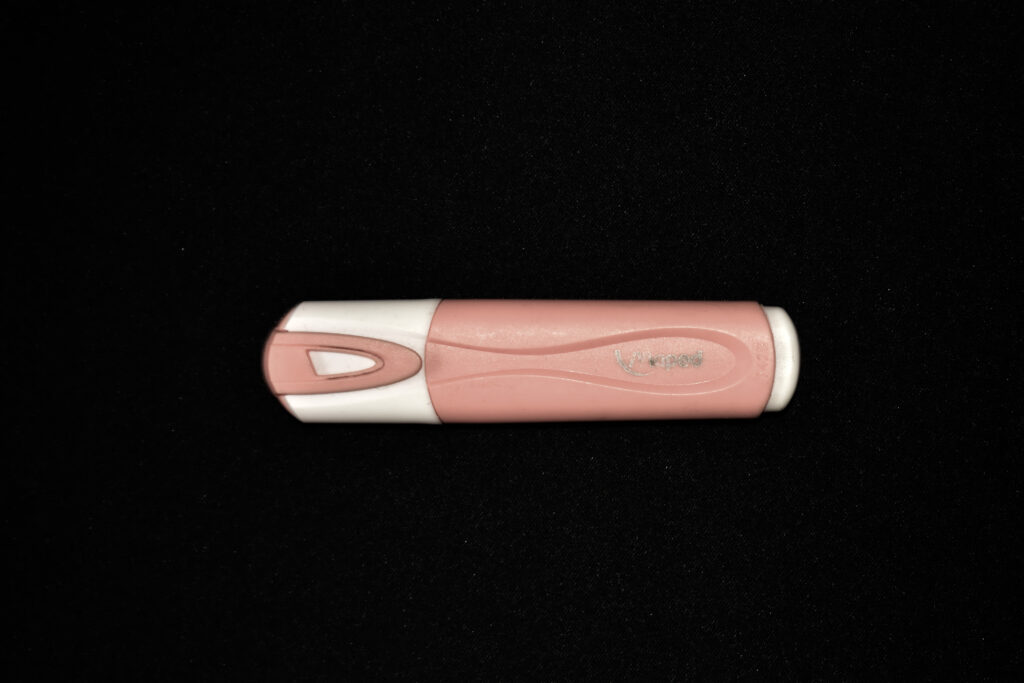
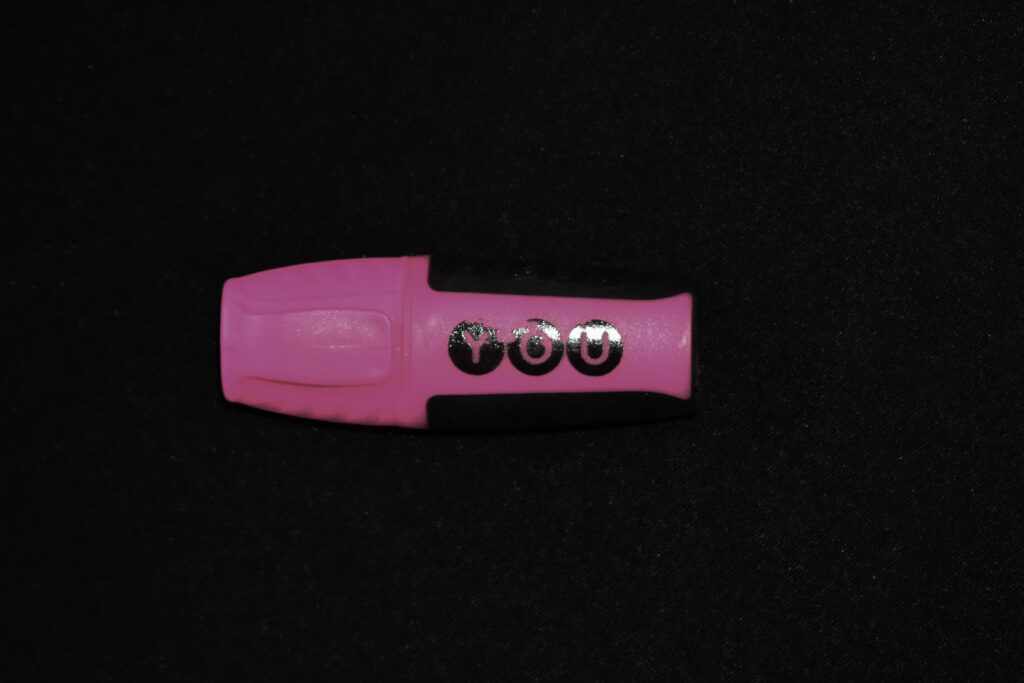
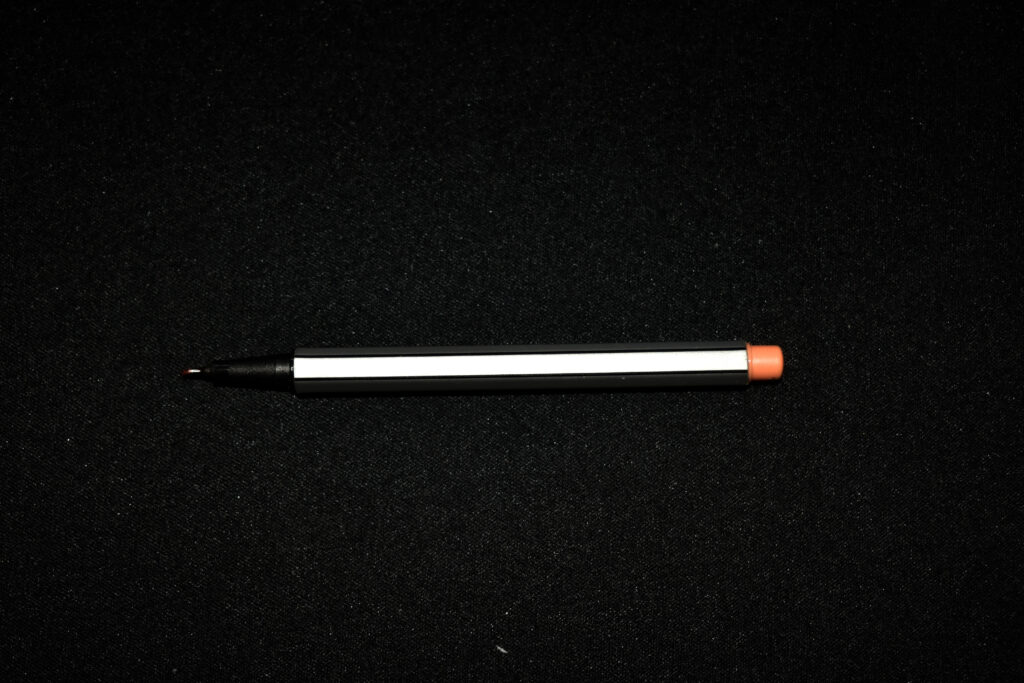
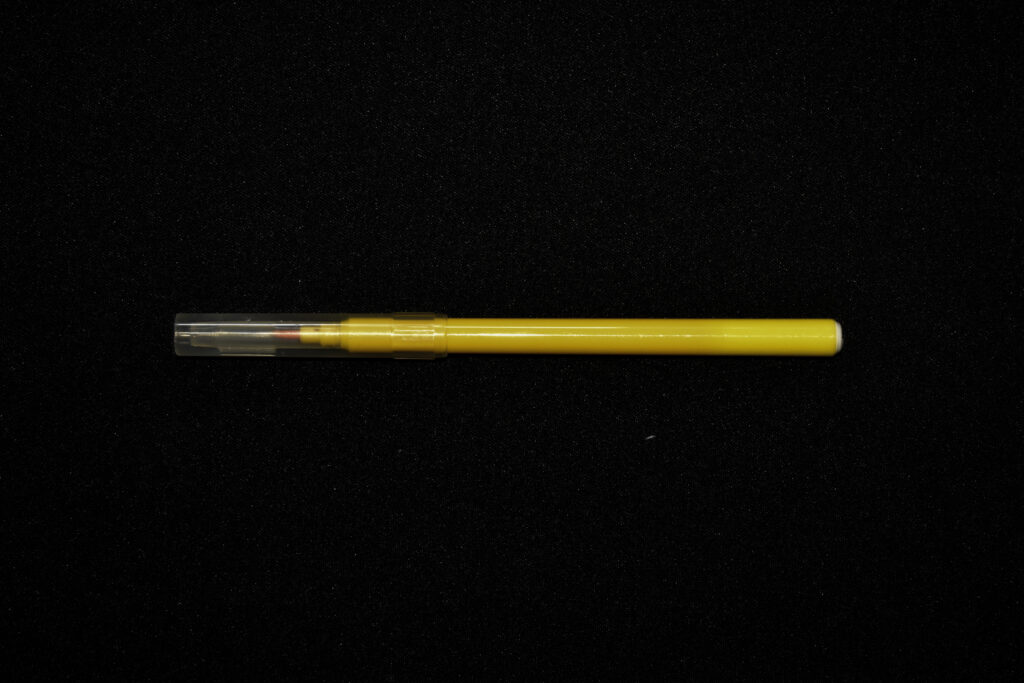
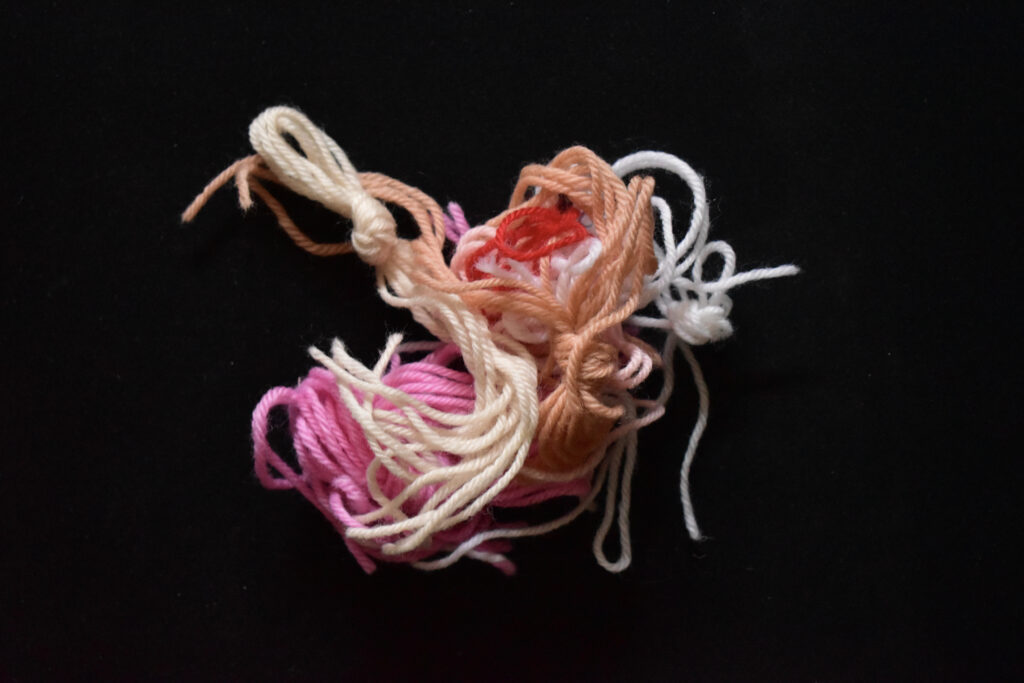
I decided on these 5 images to start building up a ring. I was going to put the string in the middle however I didn’t like how it looked surrounded by the pens.

I started adding pieces in two sections: The larger front ones and the small back ring to create depth. I started by adding lots of small items in the background focusing on the ring and moving a few outwards. I then began to add to the front but didn’t overlap any since I was trying to fill space. This looked strange so I added some on top of each other and changed the opacity and added light shading.

I only used these three objects since their colours were similar and so was their shapes. I wanted to use similar objects in the image like Mandy Barker did so that there would be a more cohesive overall appearance. I noticed that when shrinking the images the whites stood out much more than anything else which didn’t achieve the effect I was after. I made all the smaller objects darker by reducing the opacity and creating layers of colour block to place over the top. I think there is still too much dark and next time I would widen the rings also. If I was going to make another I wouldn’t create a ring and instead would create a gradient with more objects without being focused on colours. All the objects will be the exact same type such as a football but in varying states of decomposition.

